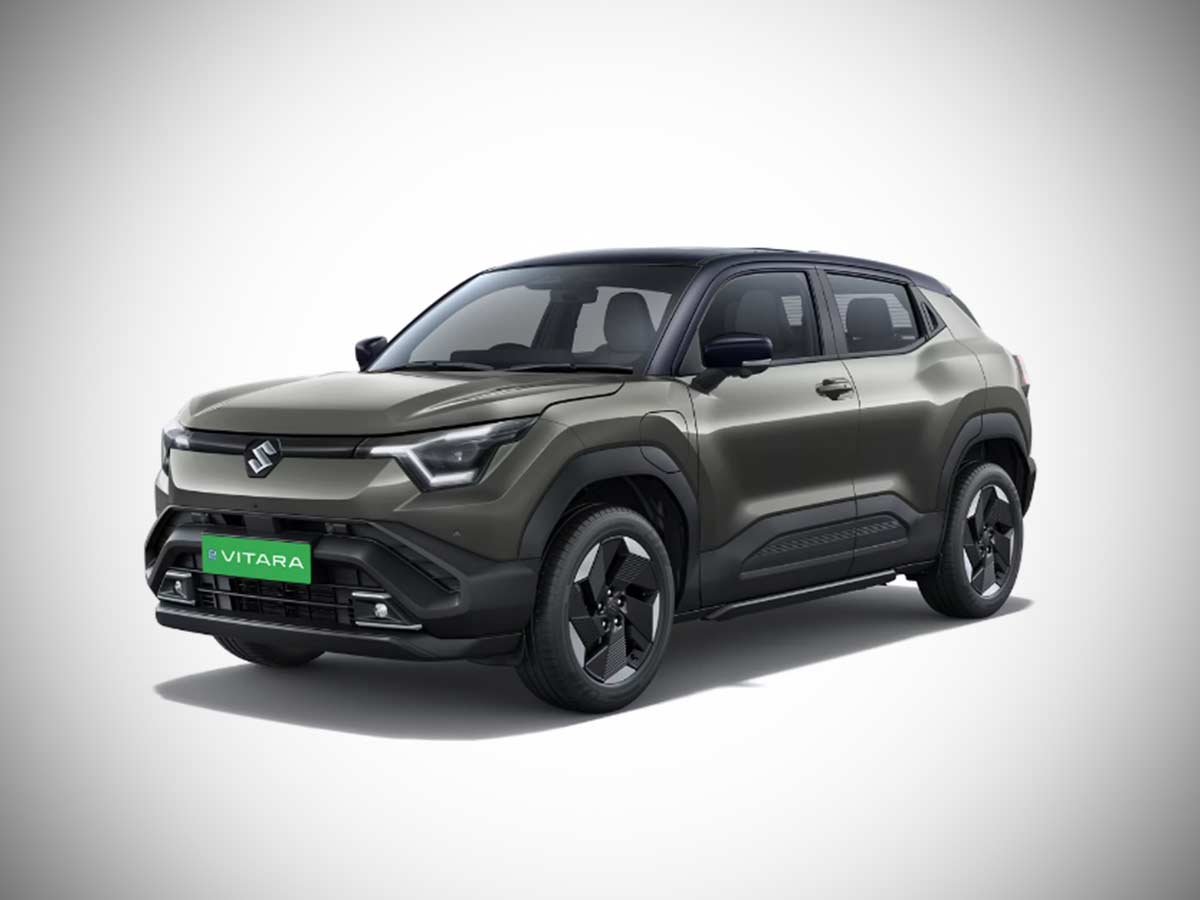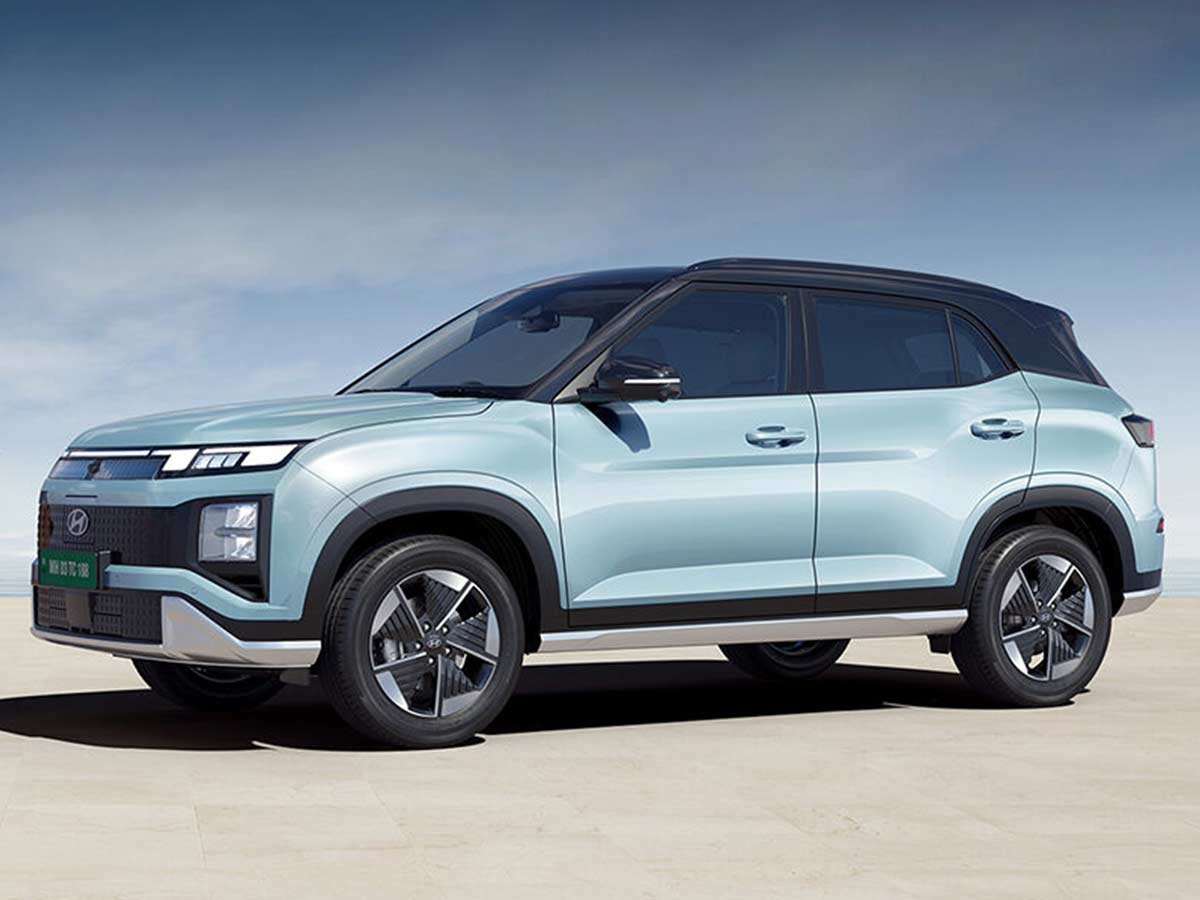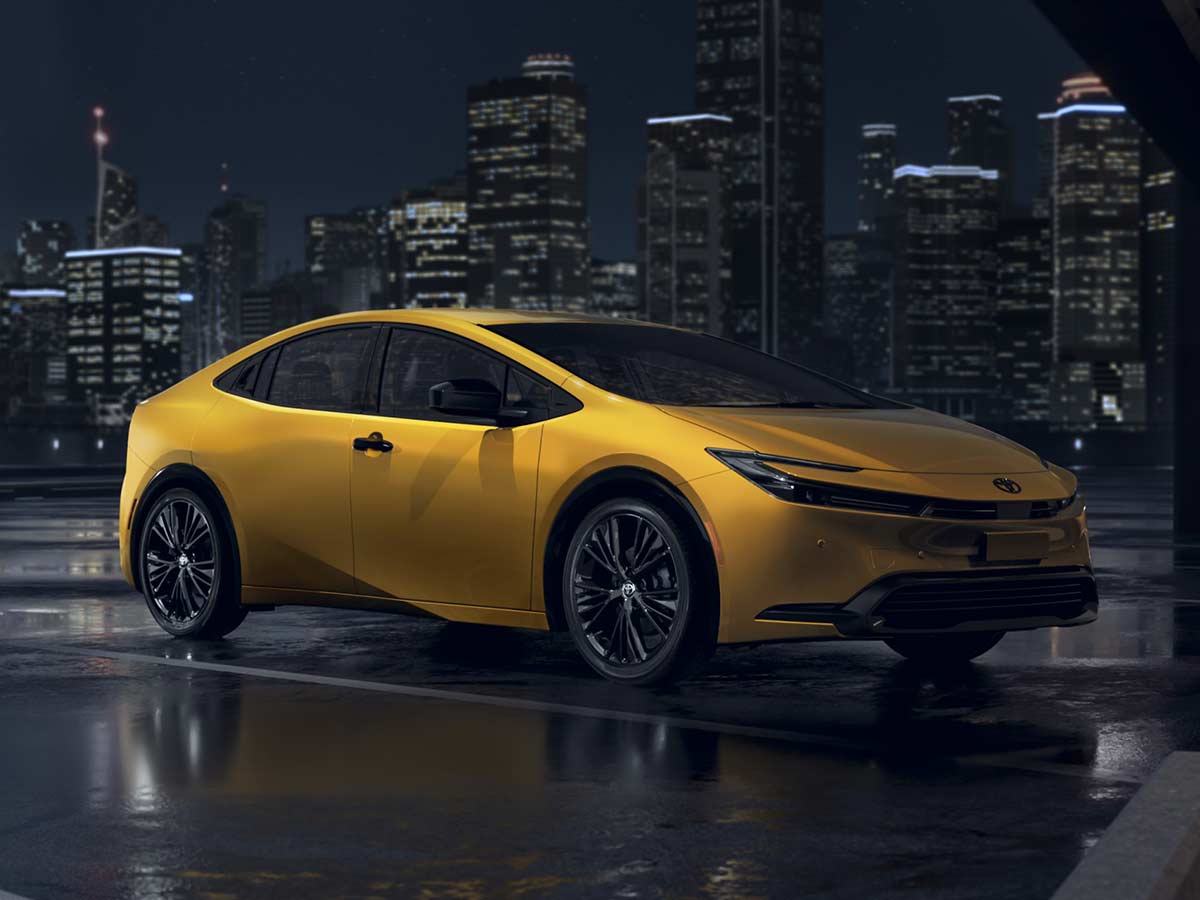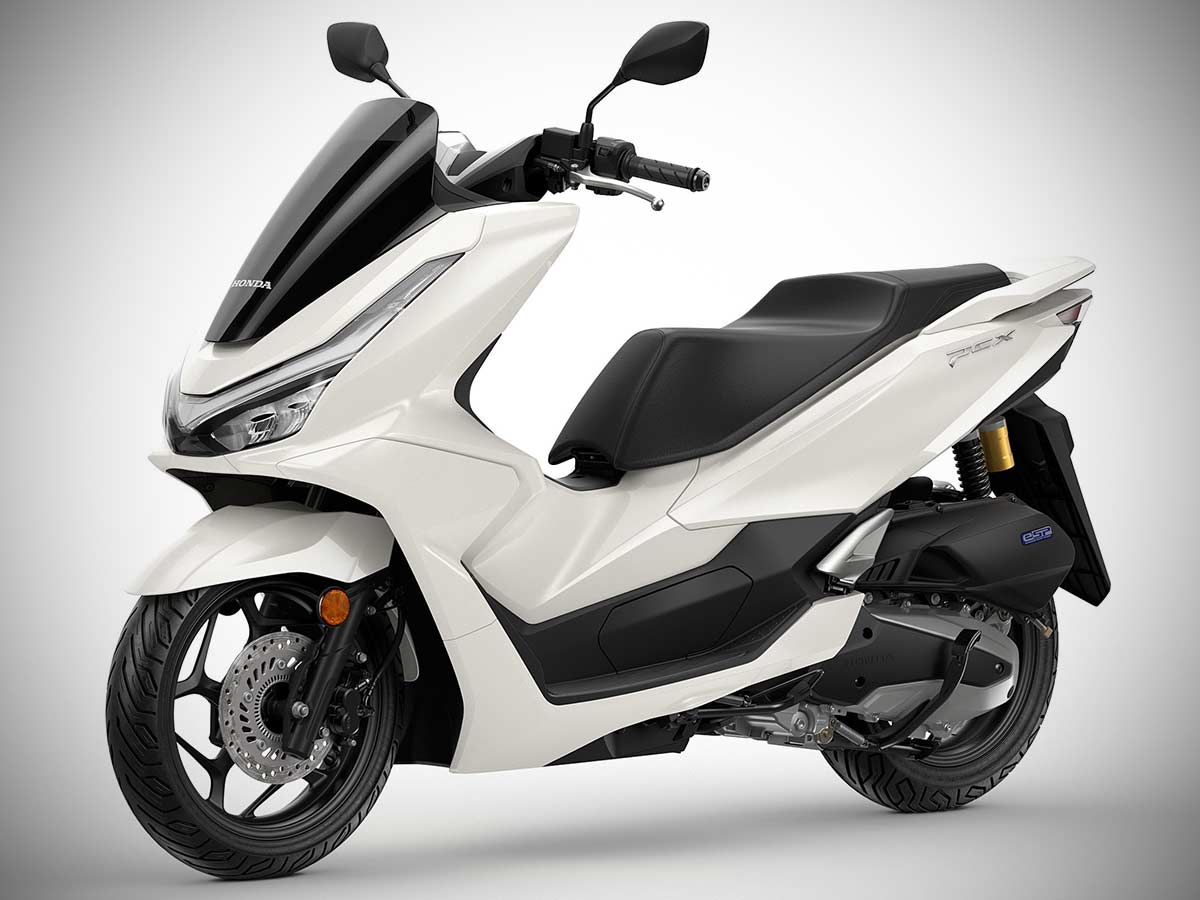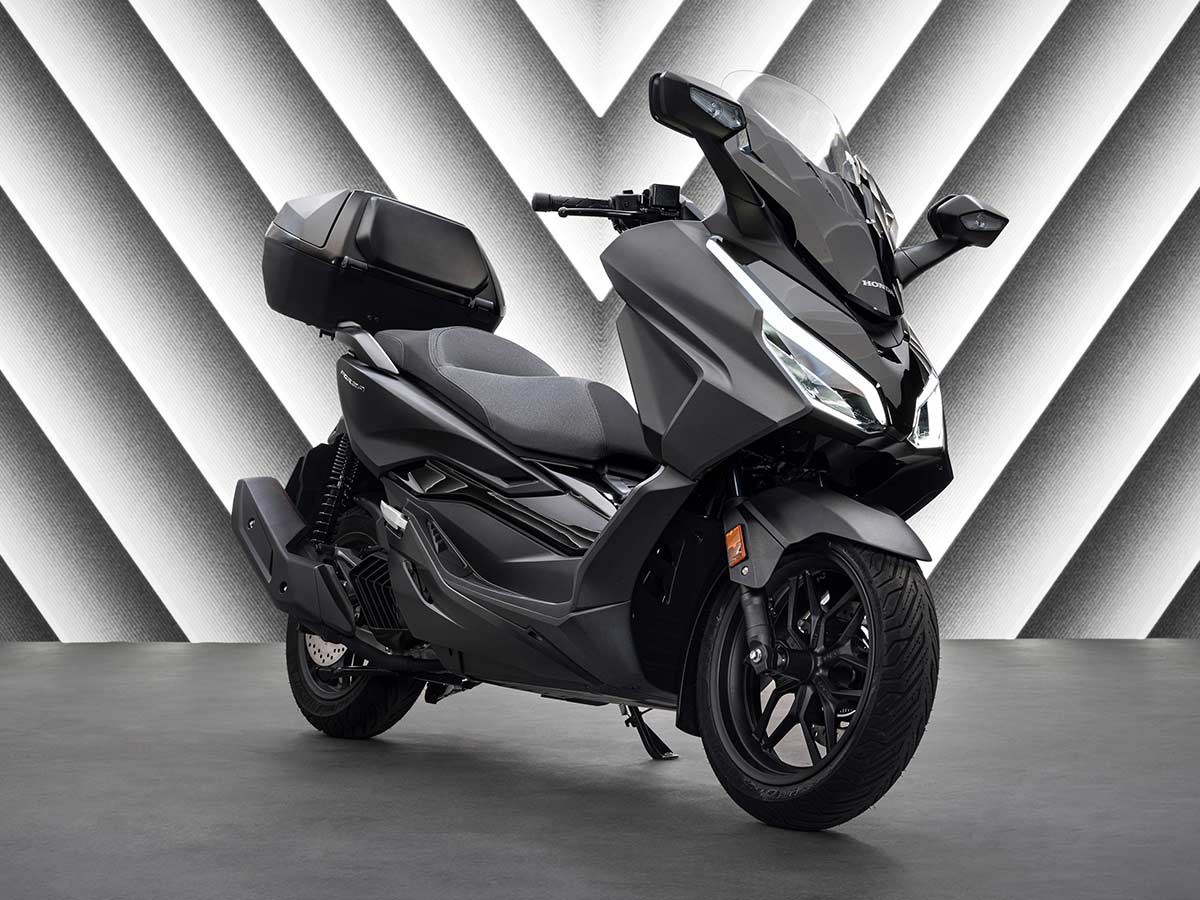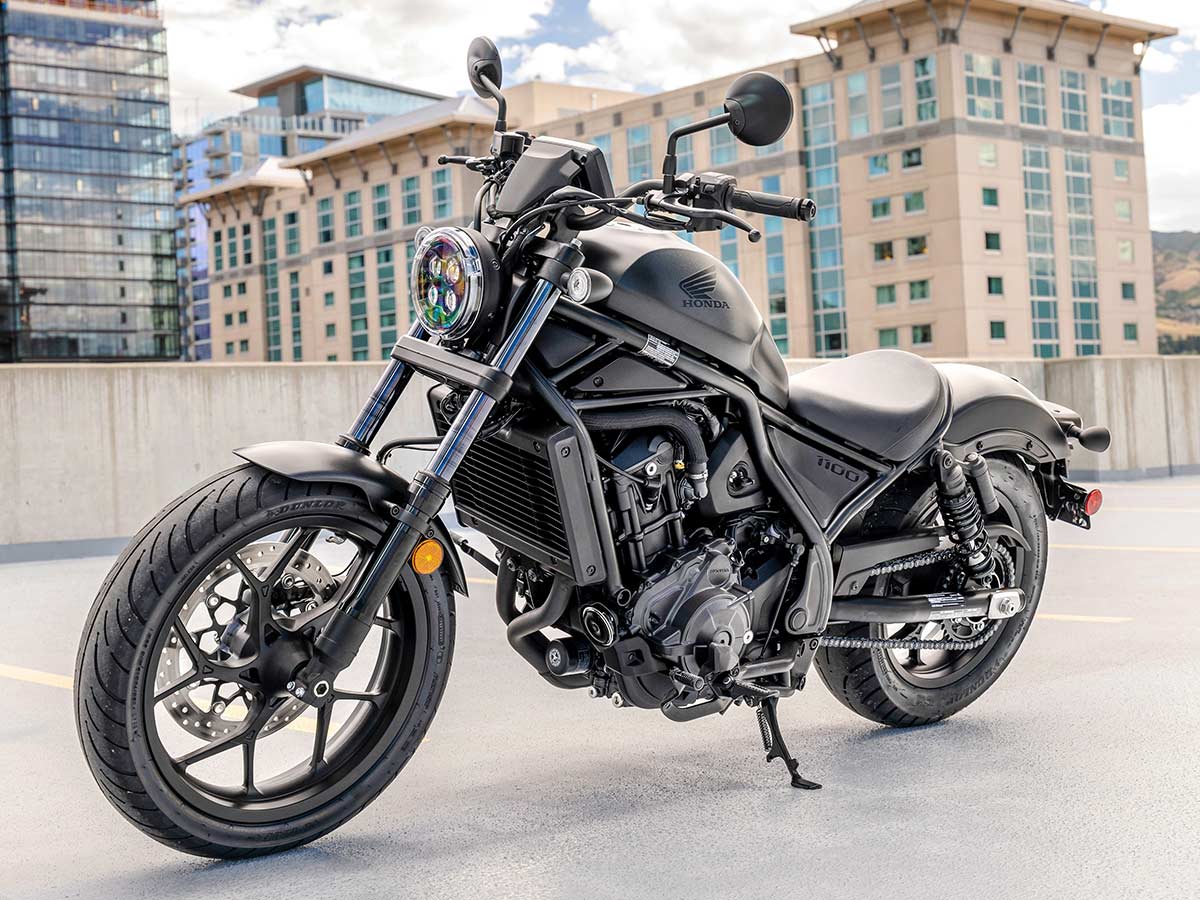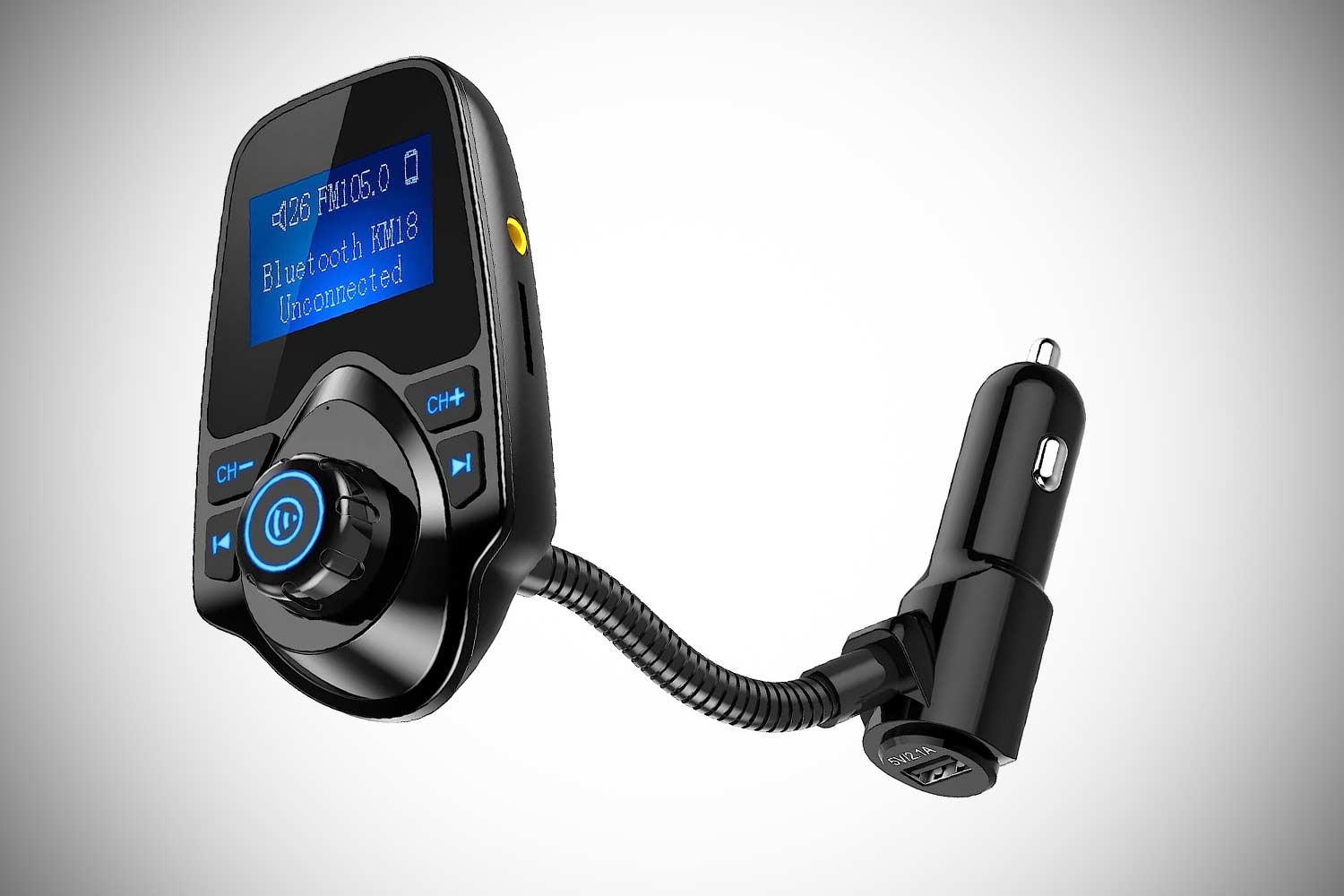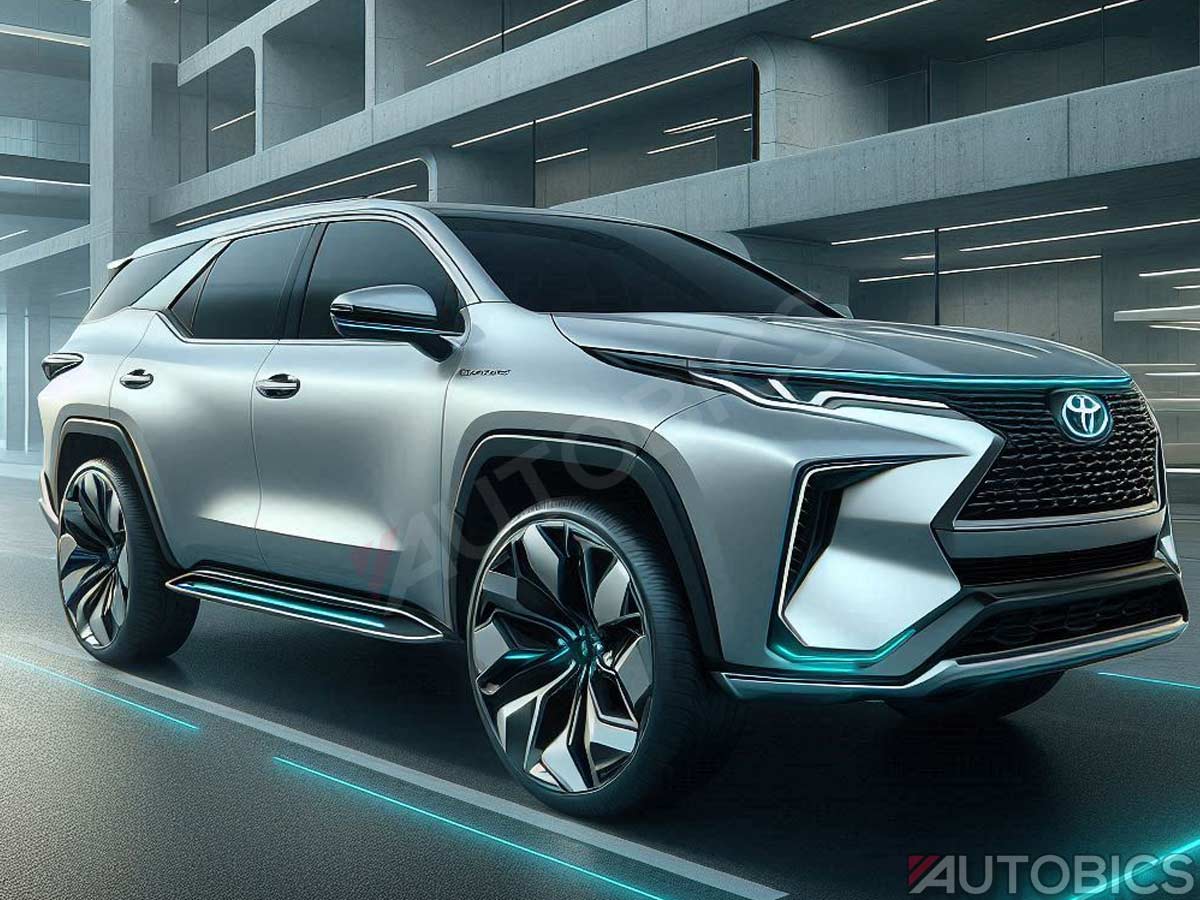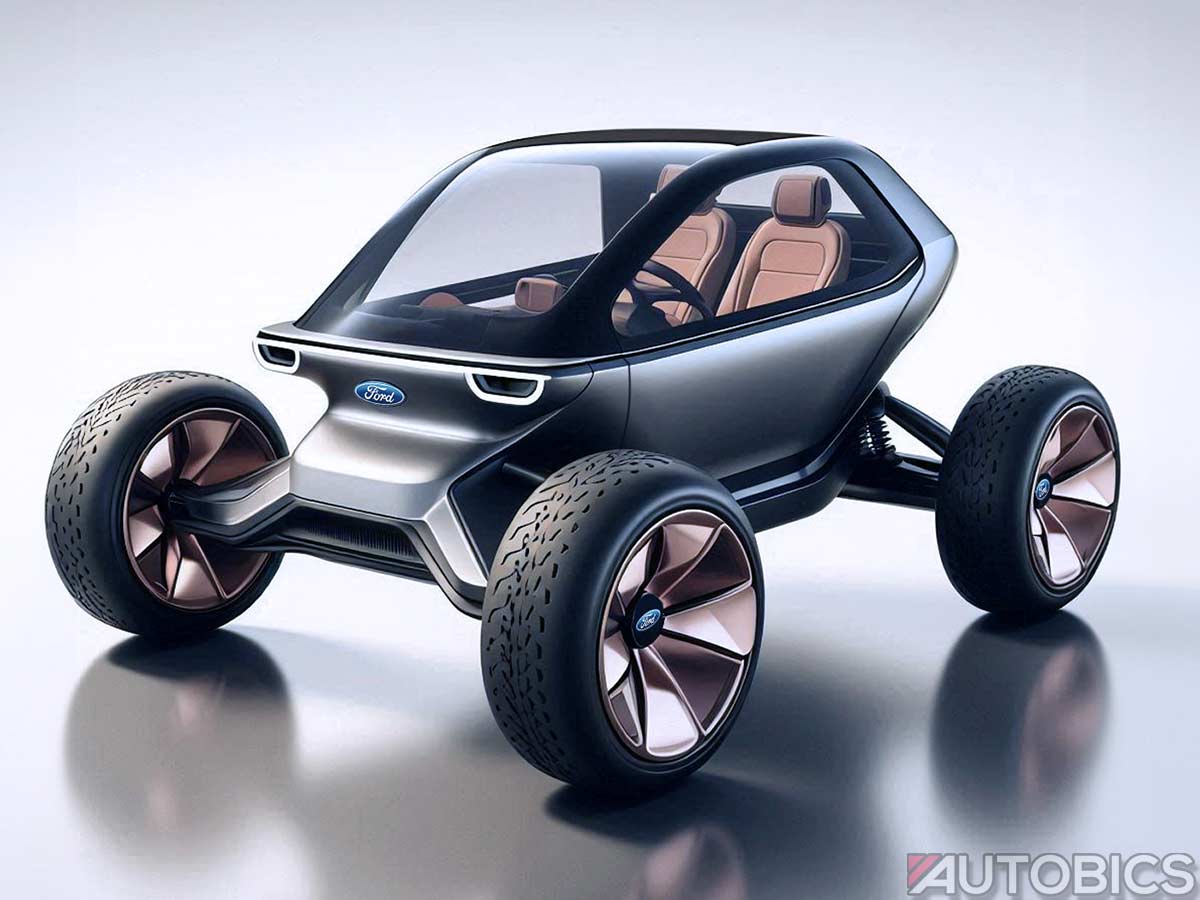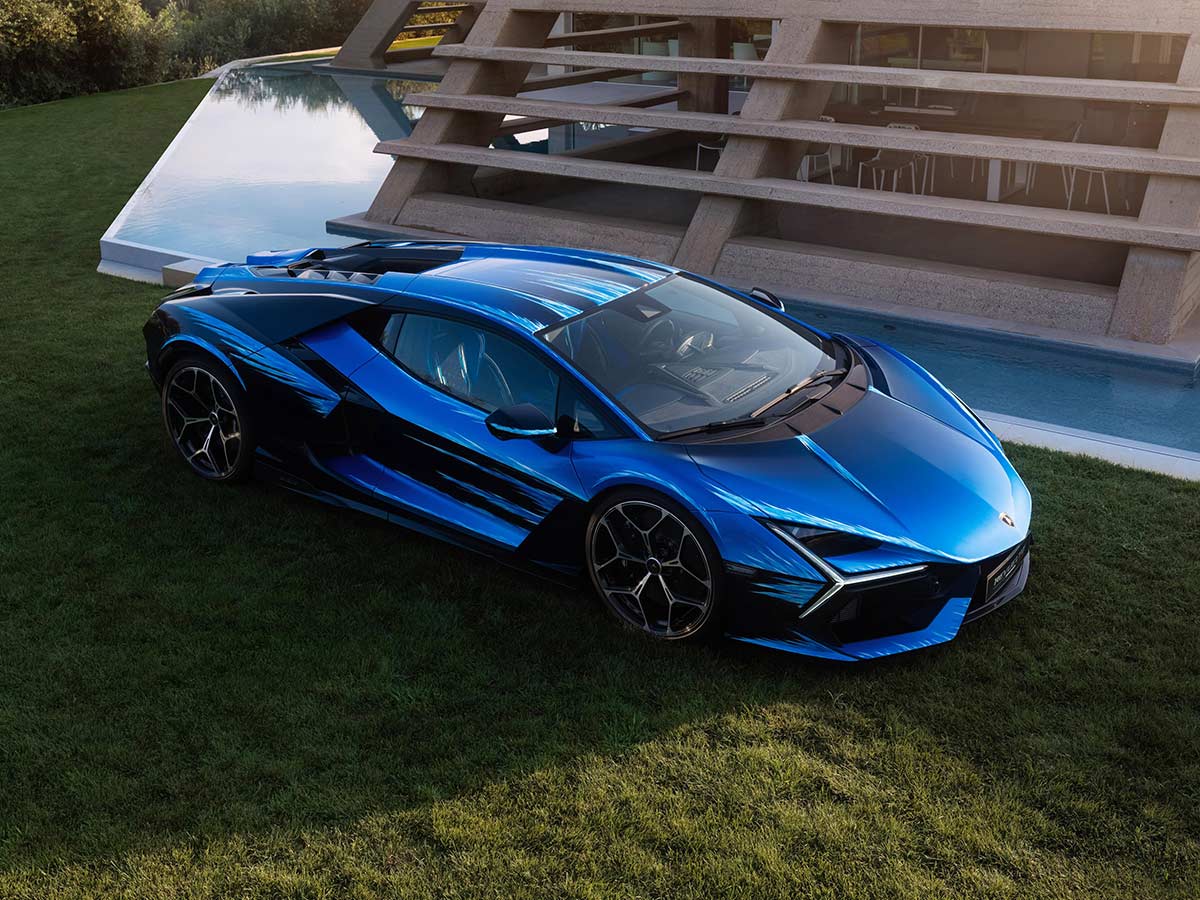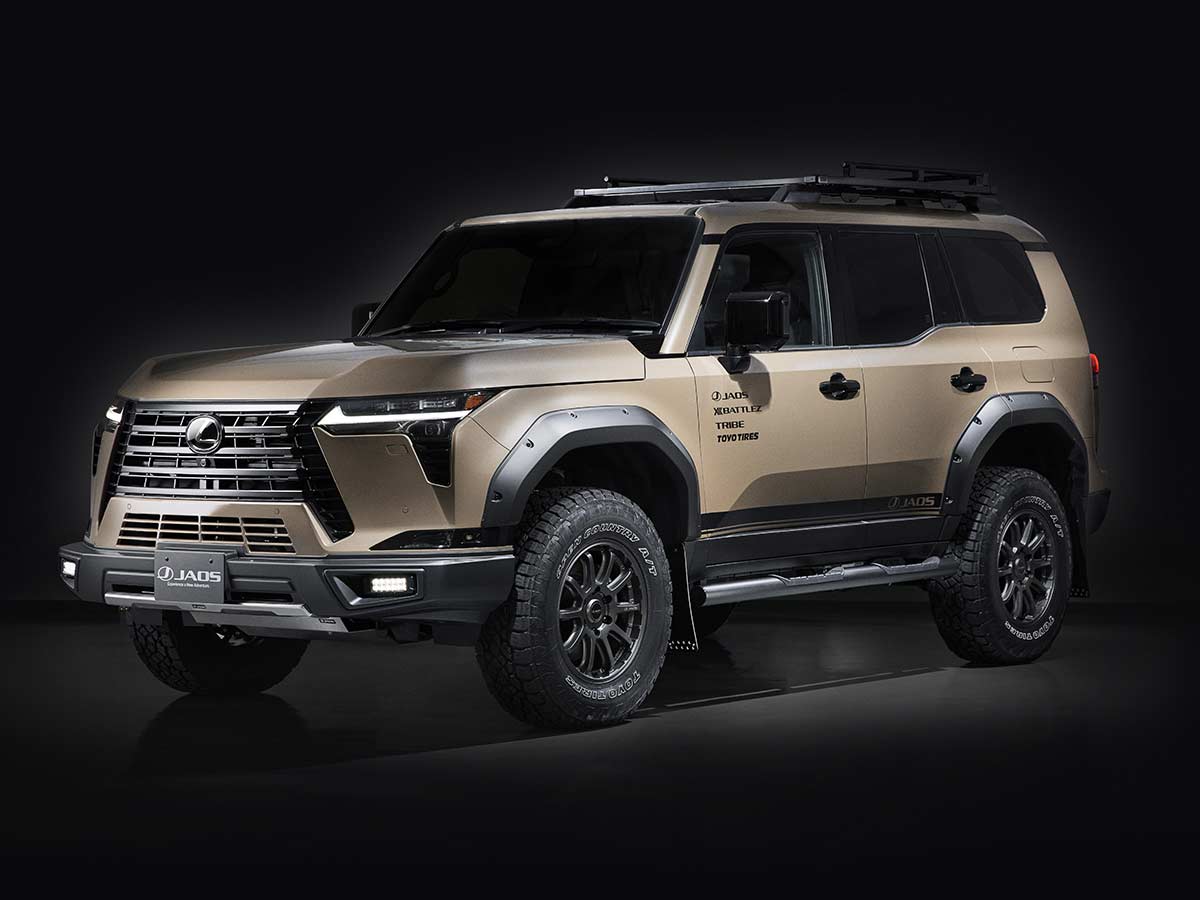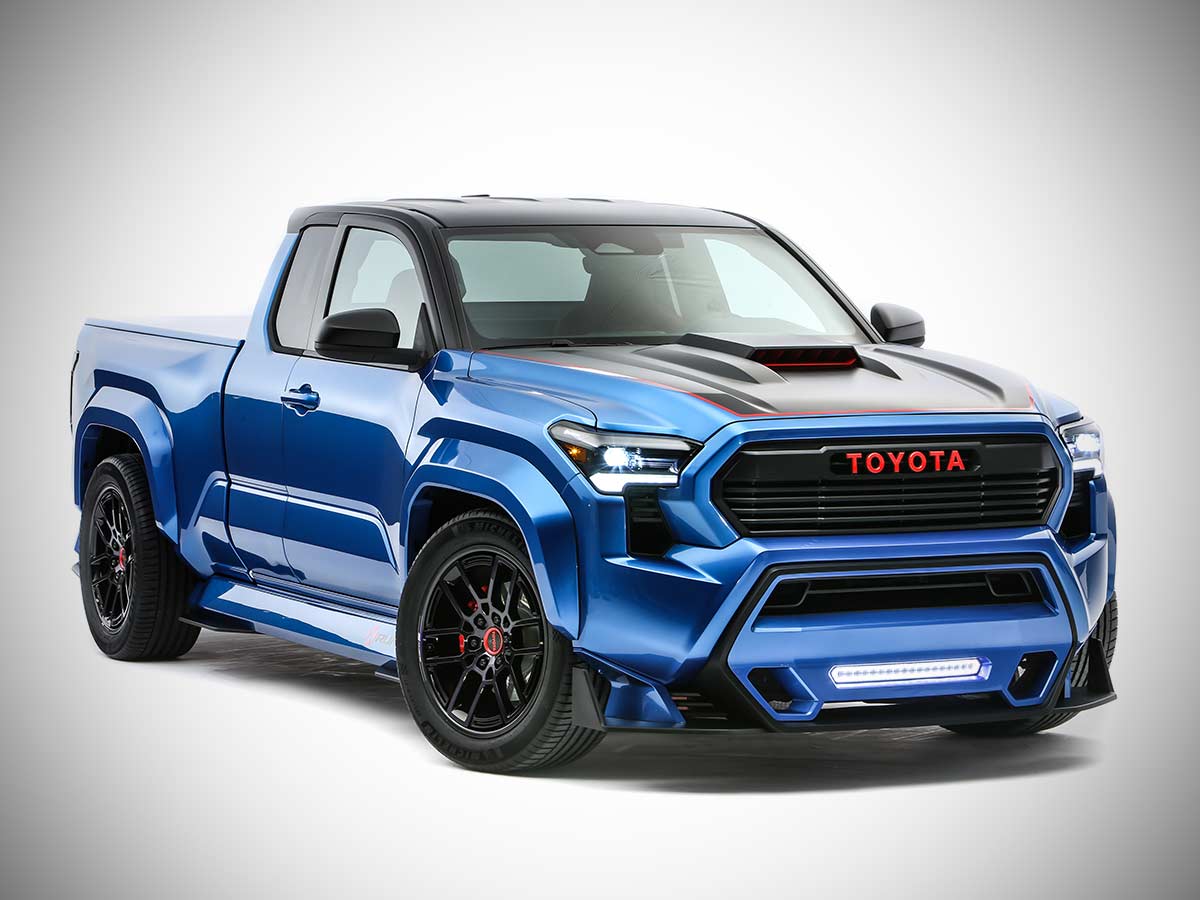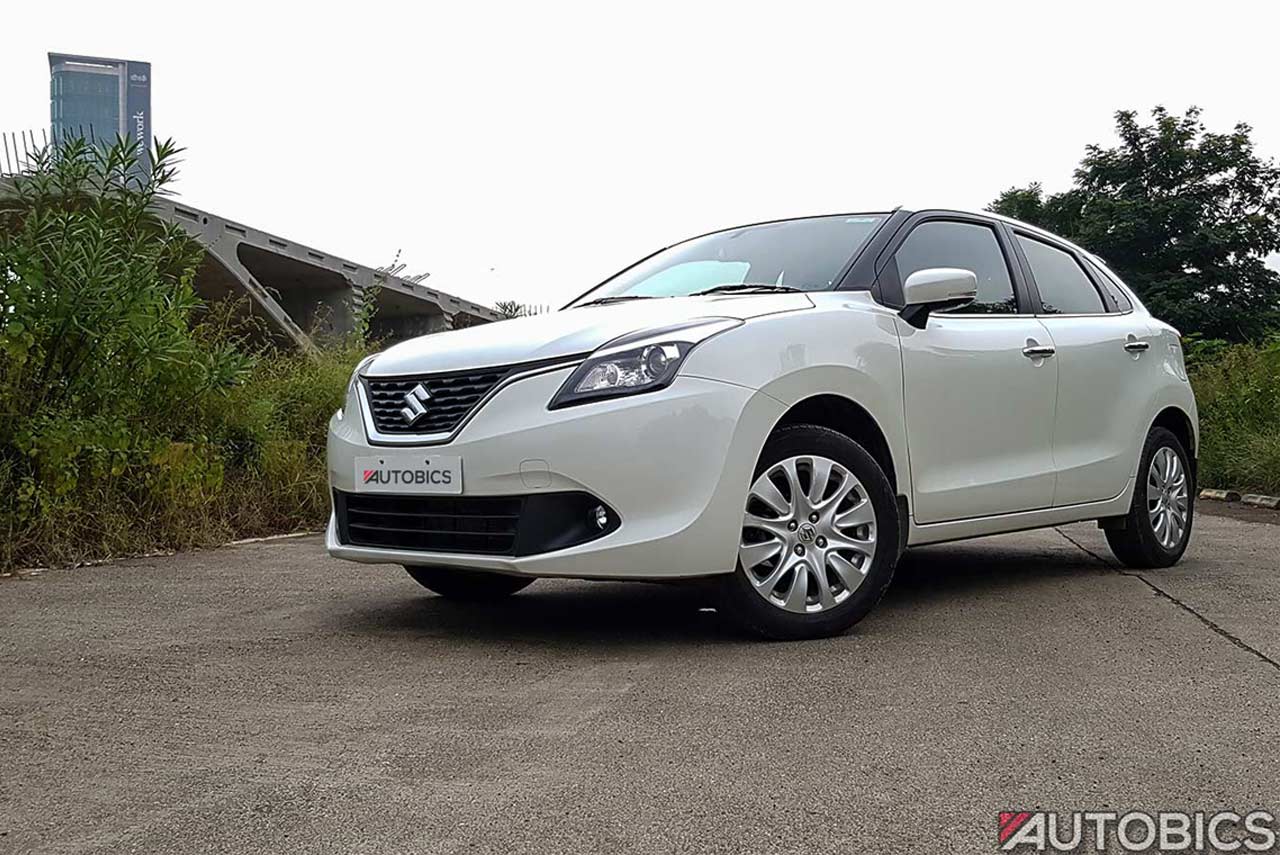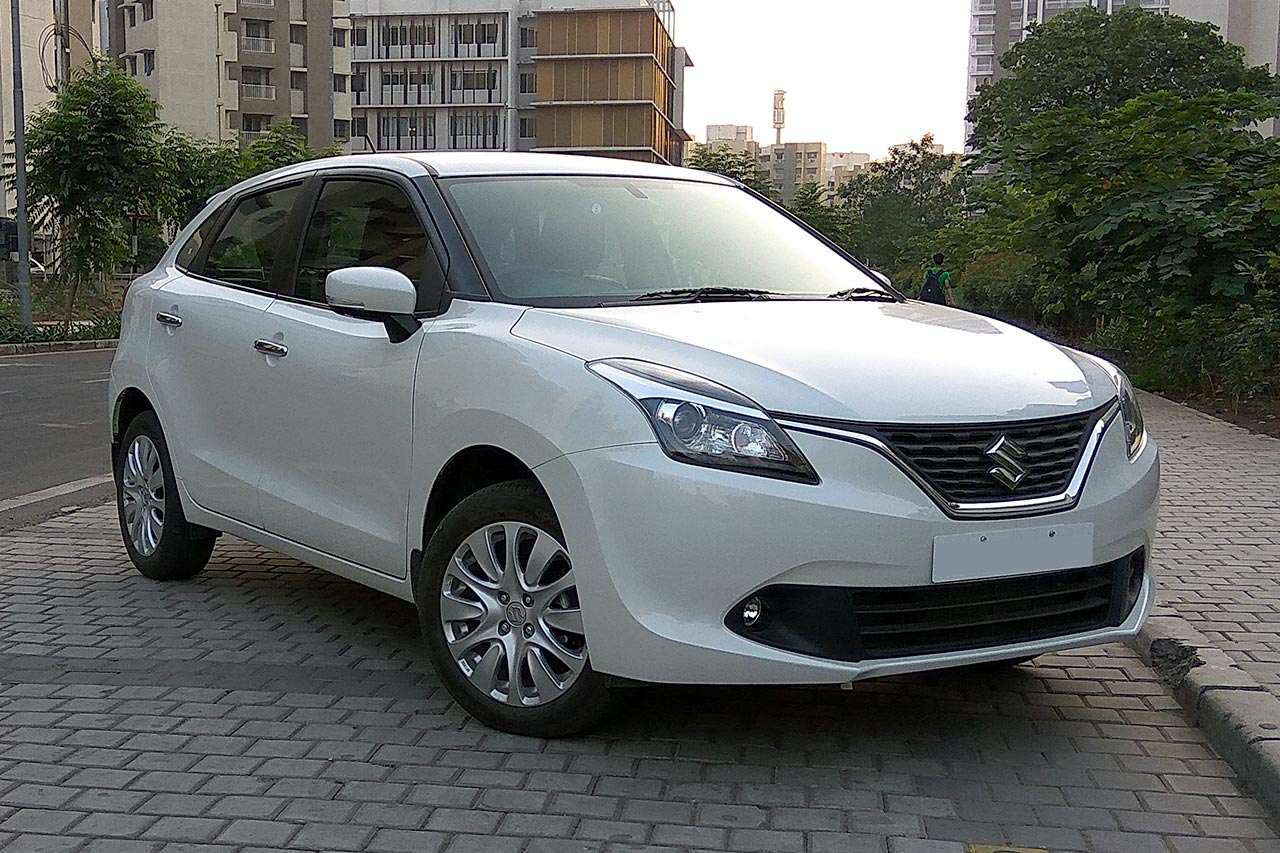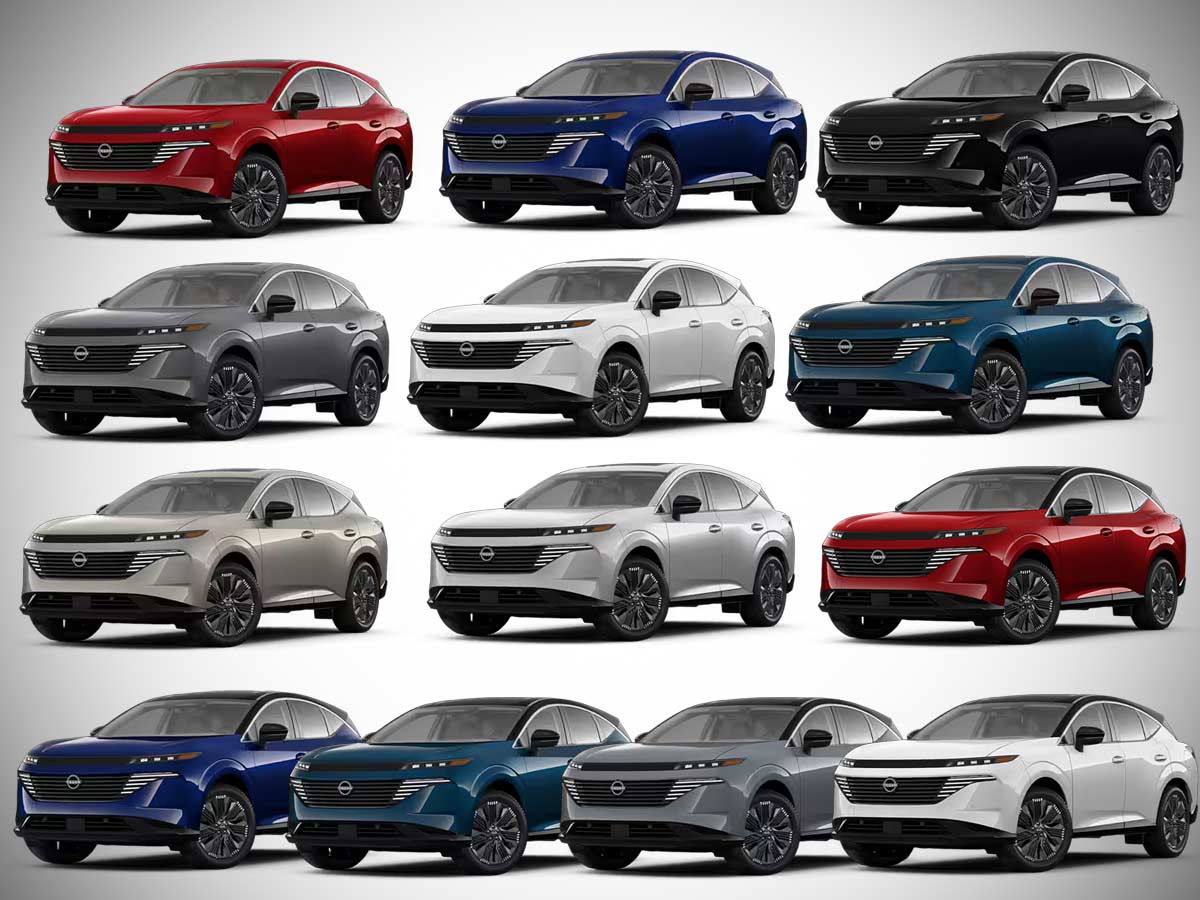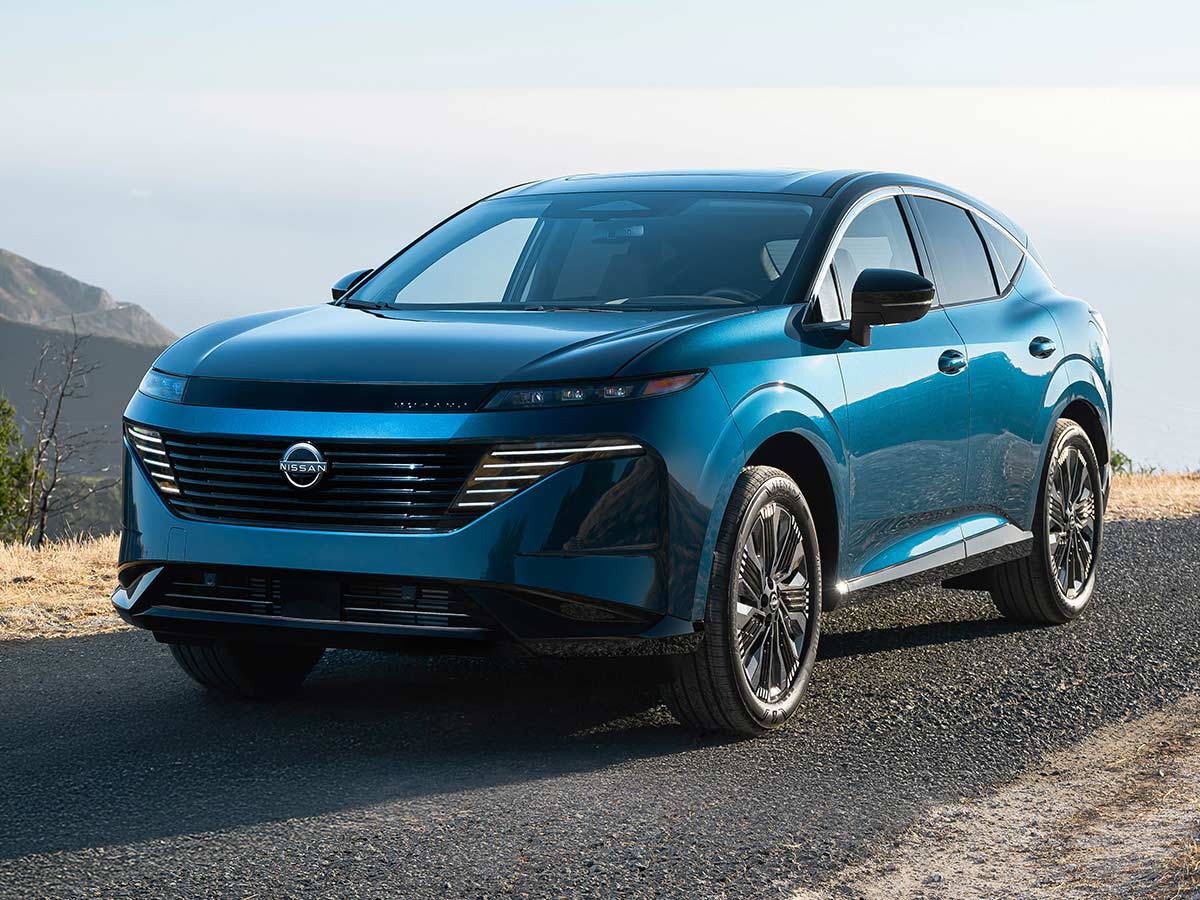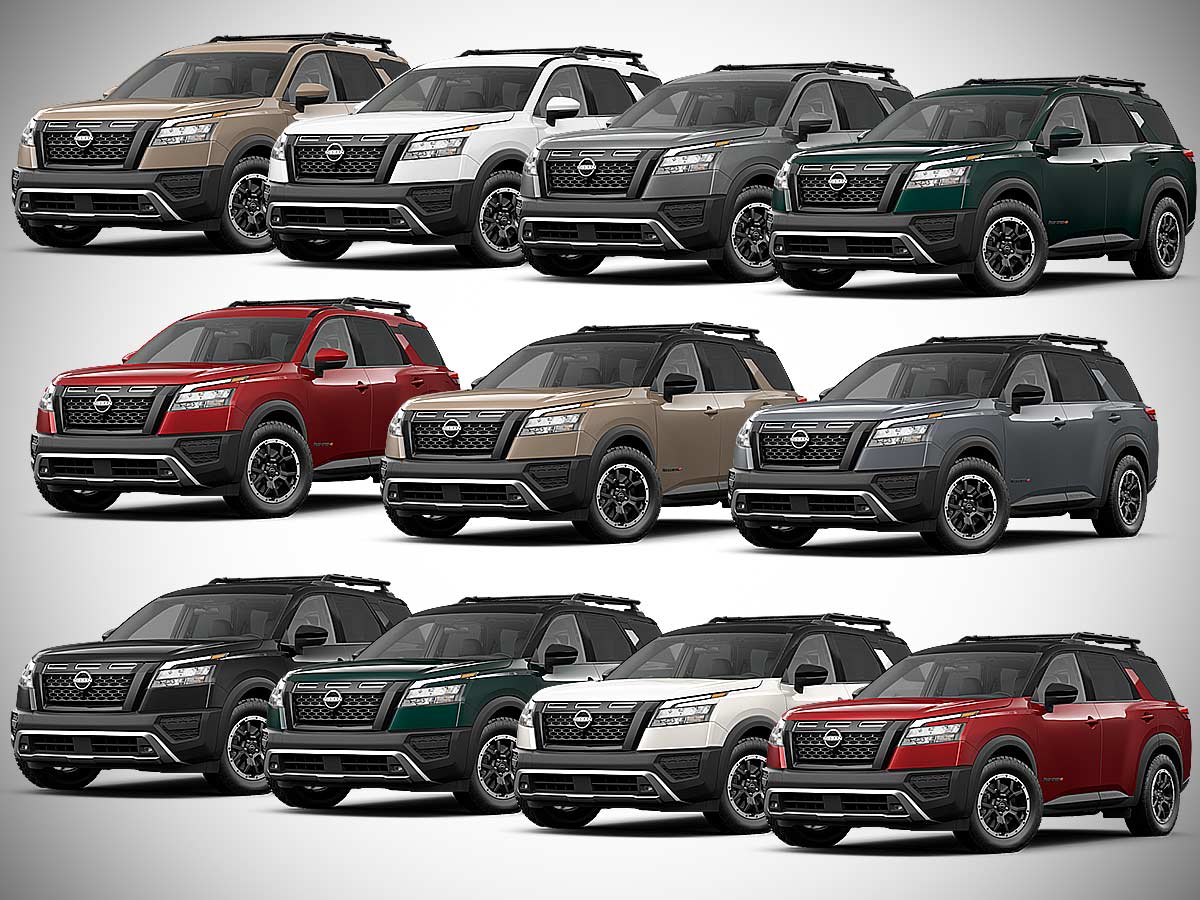The new, zero-emission Nissan LEAF has been revealed. The company says this model will set a new standard in the growing market for mainstream electric cars by offering greater range, advanced technologies and a dynamic new design.
The new Nissan LEAF goes on sale on 2nd October 2017 in Japan. The electric car is slated for deliveries in January in the U.S., Canada and Europe. It will be sold in more than 60 markets worldwide.
The three key aspects of Nissan Intelligent Mobility exemplified by the new Nissan LEAF are Nissan Intelligent Driving, Nissan Intelligent Power and Nissan Intelligent Integration.
Nissan Intelligent Driving:
The new 2017 LEAF’s Nissan Intelligent Driving technology consists of ProPILOT, ProPILOT Park, e-Pedal and the company’s heralded Nissan Safety Shield.
Nissan LEAF ProPILOT:
ProPILOT is a single-lane autonomous driving technology. Upon activation it can automatically control the distance between the car in front using a speed preset by the driver. The system also makes sure that the car is centered in its lane. In case the vehicle in front stops, the ProPILOT system will automatically apply the brakes and bring the car to a full stop. Once the front vehicle starts moving, the car will resume driving when the driver reactivates the ProPILOT system by lightly pressing the accelerator or pressing the switch. The ProPILOT is aimed to reduce stress when driving on the highway in both heavy and flowing traffic.
Nissan LEAF ProPILOT Park:
The ProPILOT Park system helps the driver park without any effort by automatically controlling acceleration, brakes, steering and parking brakes. Four high-resolution cameras and 12 ultrasonic sensors around the car are utilized guide the car into a parking space safely and accurately. The system can automatically identify a parking space around the car and in three easy steps for activation can take over the most challenging part of driving.
Nissan LEAF e-Pedal:
The e-Pedal is another innovation that enhances the Nissan LEAF’s driving experience. The system can allow starting, accelerating, decelerating, stopping and holding the car by using the accelerator pedal alone.
The car will come to a smooth and complete stop by simply releasing the accelerator pedal without the need to press the brake pedal. The system eliminates the need for drivers to constantly move their foot from the accelerator to the brake pedal to slow down or stop.
Studies conducted by Nissan in Japan, Europe and the U.S. have shown that the Nissan LEAF’s e-Pedal helps reduce the number of times the driver must apply the brakes while driving in heavy traffic. The e-Pedal lets drivers use a single pedal for more than 90% of their driving needs. While this system reduces fatigue and increases enjoyment, in case of an aggressive braking situation, the conventional brake pedal has to be used.
Furthermore, the new Nissan LEAF is equipped with a set of advanced safety technologies including Lane Departure Warning, Intelligent Lane Intervention, Rear Cross Traffic Alert, Blind Spot Warning Intelligent Emergency Braking, Traffic Sign Recognition, Intelligent Around View Monitor with moving object detection and Emergency Assist for Pedal Misapplication.
Nissan Intelligent Power:
The electric powertrain of the new Nissan LEAF offers improved energy efficiency and increased torque and power output.
The new e-powertrain has a power output of 110 kW which is 38% more than the previous-generation Nissan LEAF. It also has a torque of 320 Nm which is 26% more compared to the last model, resulting in improved acceleration.
The driving range of the new Nissan LEAF has been increased as well. The new battery design helps store more energy without increasing its size. The new lithium-ion battery pack delivers an estimated range of 400 km by Japan standards. For people who want more, Nissan will also offer a higher power, longer range version sometime in 2018.
Nissan Intelligent Integration:
The NissanConnect feature links drivers, vehicles, communities and systems that share power between electric vehicles and homes, buildings and power grids. Using vehicle-to-home systems, it is possible to store surplus solar power in the battery of the Nissan LEAF during the daytime and then use the same to power the home in the evening. This also allows the customer to charge their car at night time when prices are lowest in some markets and then use the electricity during day, reducing the energy costs.
In some countries with vehicle-to-grid systems, owners of the new Nissan LEAF can also get incentives from energy companies to improve power grid stability by absorbing demand fluctuation. The smartphone app allows the users carry out functions such as monitor the vehicle’s state of charge, schedule charging to benefit from optimal energy tariffs, find the nearest charging station, and preheat or cool the car before getting in.
2018 Nissan LEAF Exterior:
The new LEAF carries Nissan’s forward-thinking attitude and is inspired by the IDS Concept car which was first showcased at the 2015 Tokyo Motor Show. The philosophy behind the exterior design was to create the feeling of a high-tech device.
The new Nissan LEAF now features the brand’s signature design elements such as the V-Motion grille, boomerang light signature and floating roof. The low hood blends flawlessly into the windshield and the clear-blue 3D mesh pattern with a “freezing” motif sits flush inside the V-Motion grille.
For the first time, a Nissan car will sport dual, direct-lens low and high beams. The rear combination lamps feature a unique signature that is easily recognizable from a distance. The rear spoiler integrated into the window graphics gives the new Nissan LEAF a very sporty appeal. The underfloor and a diffuser-type rear bumper both have been designed to achieve reduced drag and zero lift. The new Nissan LEAF has a low drag coefficient of 0.28 Cd thanks to the aerodynamic body styling and aero-design wheels.
The new 45-degree angle of the charging port at the front allows drivers of all heights to easily and comfortably connect the charger without bending down. The horizontal character line and the lower part of the body emphasize the lower center of gravity of the car.
The new Nissan LEAF is available in white, yellow, red and light blue body colors combined with a black roof. Additionally, a new color, Spring Light Green, is also on offer. The new Nissan LEAF will also be made available in two-tone color schemes.
2018 Nissan LEAF Interior:
Using Nissan’s “Gliding Wing” design language the LEAF features a roomy and open cabin. The redesigned driver information display has a simple, light configuration which focuses on visibility. The all-black interior also features the signature vibrant blue stitching, a hallmark of Nissan EVs, in the seats, door trim, armrest and steering wheel. The power switch and shift knob finisher are illuminated in a shade of blue which create a cool, high-tech feeling inside the cabin. Customers also have an option of a pale shade of gray, which is applied to the seats, door trims, the central portion of the dashboard and central armrest.
The instrument cluster is made up of an analogue speedometer and a multi-information display. The 7-inch, full-colour, thin-film transistor (TFT) display is located on the left side and shows a power gauge meter as the standard setting. The information displayed on this screen can be changed by the driver as required.
The center console also houses an infotainment system with color display which can be used to operate audio and navigation systems. It also connects to smartphones and Apple CarPlay is also available. The display showcases the Safety Shield technology which is the LEAF’s state-of-charge and a power gauge along with the audio and navigation information.
Owners can also use NissanConnect to search for continuously updated information such as the location and operating hours of free charging stations and charging station availability. They can even access their smartphone to check the car’s battery status.
The steering wheel is wrapped in leather and features a matte chrome finish on the rim. It also has switches which the driver can use to control the infotainment system. The air conditioner control panel and the vent grille are finished in matte and glossy shades of black. Nissan has also taken care to ensure that there is minimal noise inside the LEAF’s cabin and has undertaken several noise-reduction measures for the same.
The interior also features new Dual cup holders, new storage area at the base of the center console for a smartphone or wallet, an easily accessible power switch, a 12-volt power outlet and a USB port. The rear cargo area has been redesigned to provide increased luggage space and now offers 435 litres of storage space.
2018 Nissan LEAF Chassis and Body:
Nissan engineers have enhanced the car’s chassis for better stability and to match the improved output of the electric motor and inverter. Heavy components such as the battery are placed in the center of the body, improving directional stability and enabling smoother cornering.
The new Nissan LEAF’s electric power steering system has improved feedback from the road surface which enhances confidence, especially on highways. The urethane bump stop for the rear suspension has been replaced by a rubber one to reduce shocks and bumpiness when driving on uneven roads. The new Nissan LEAF is also equipped with Intelligent Ride Control which improves handling and ride quality.
2018 Nissan LEAF Image Gallery:
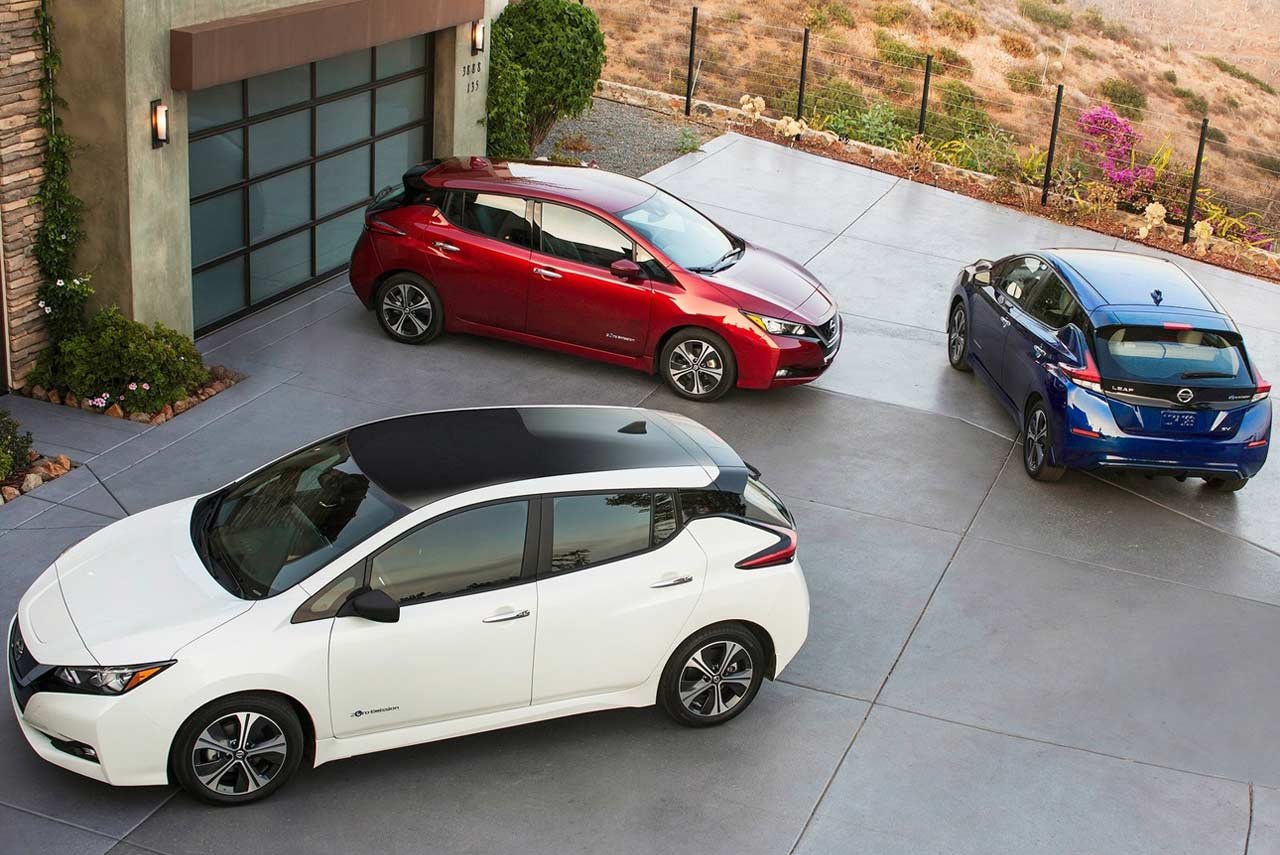

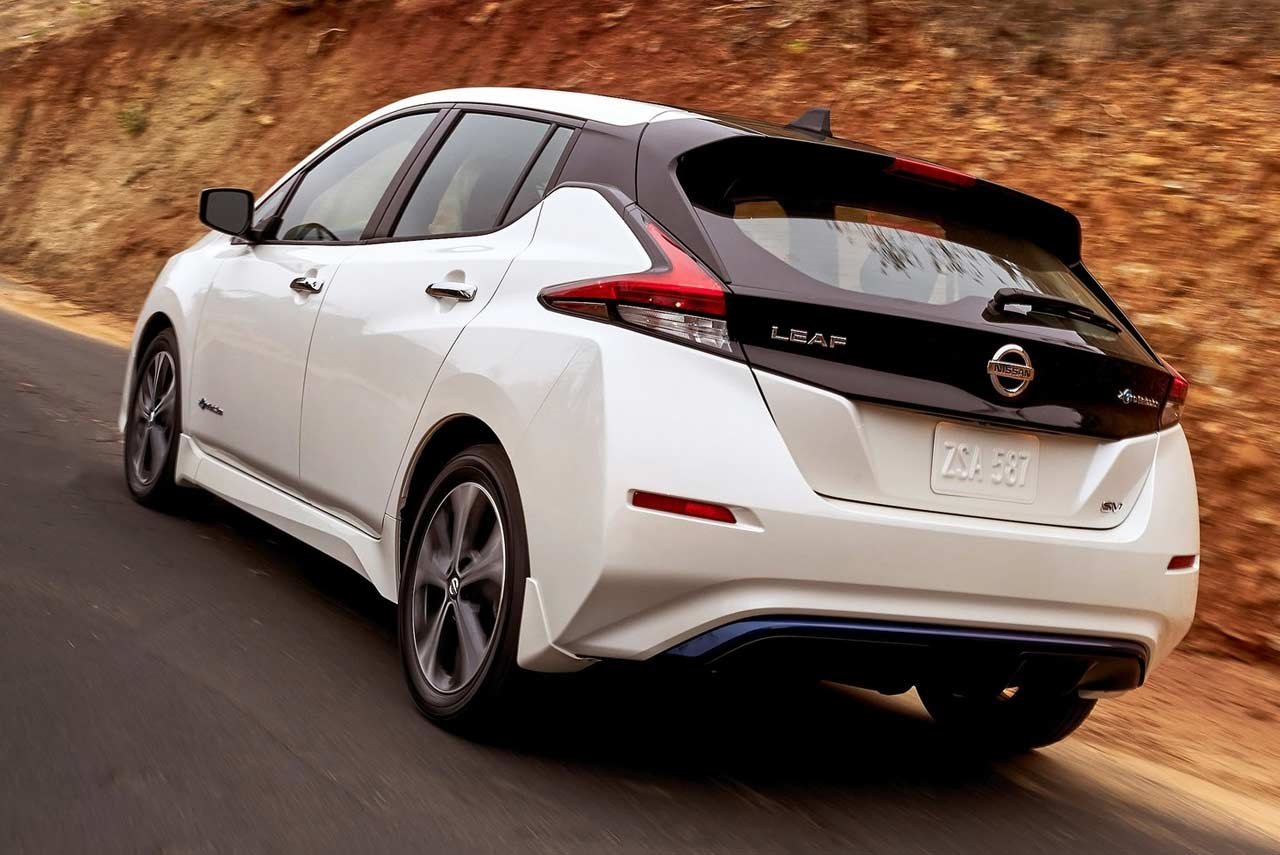
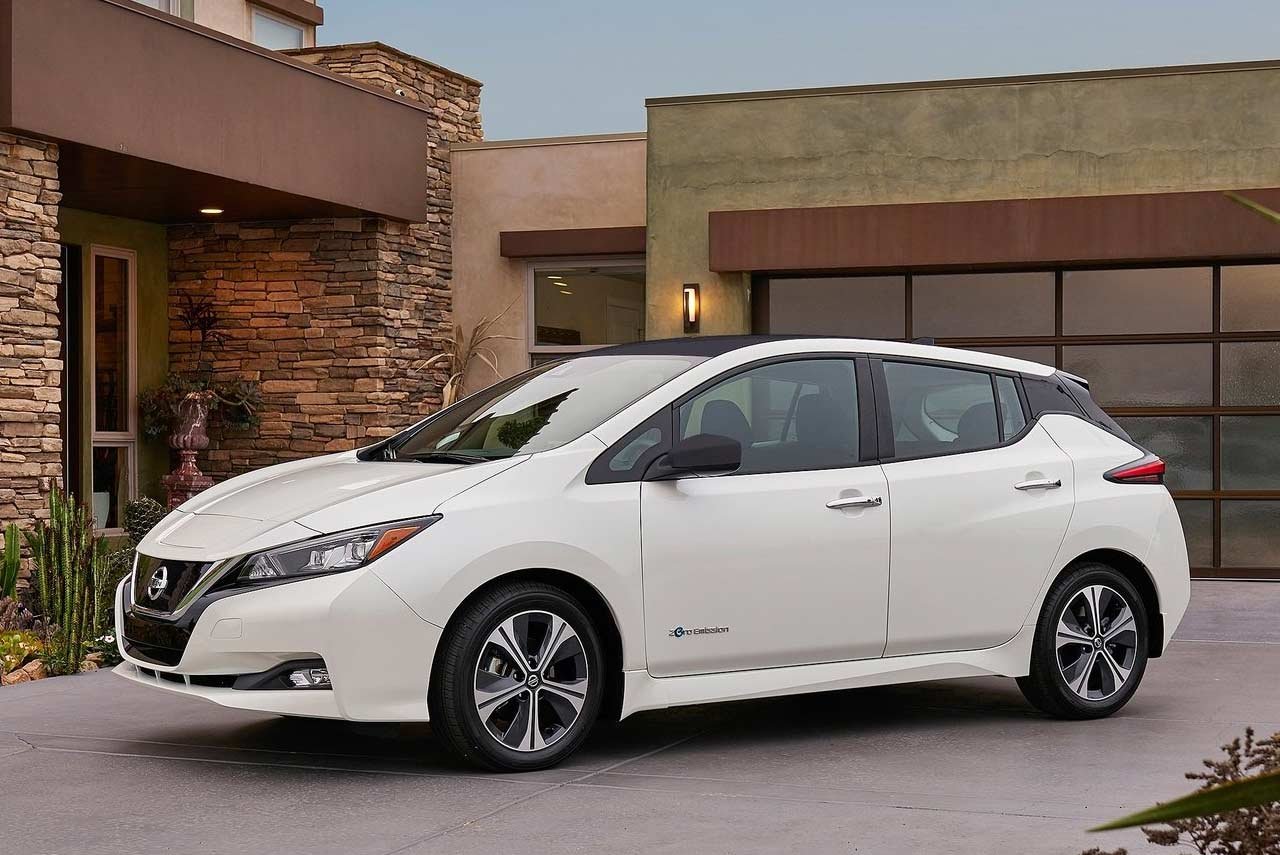








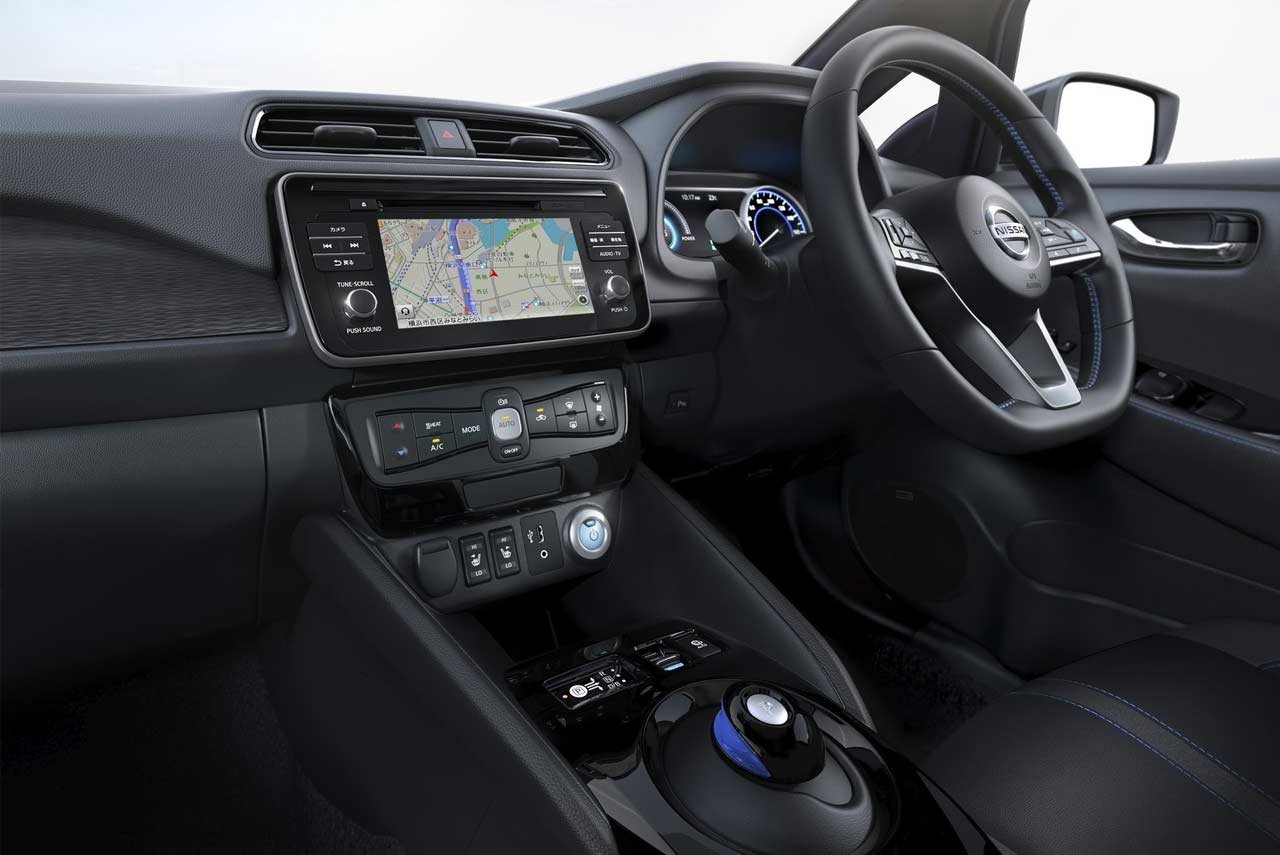




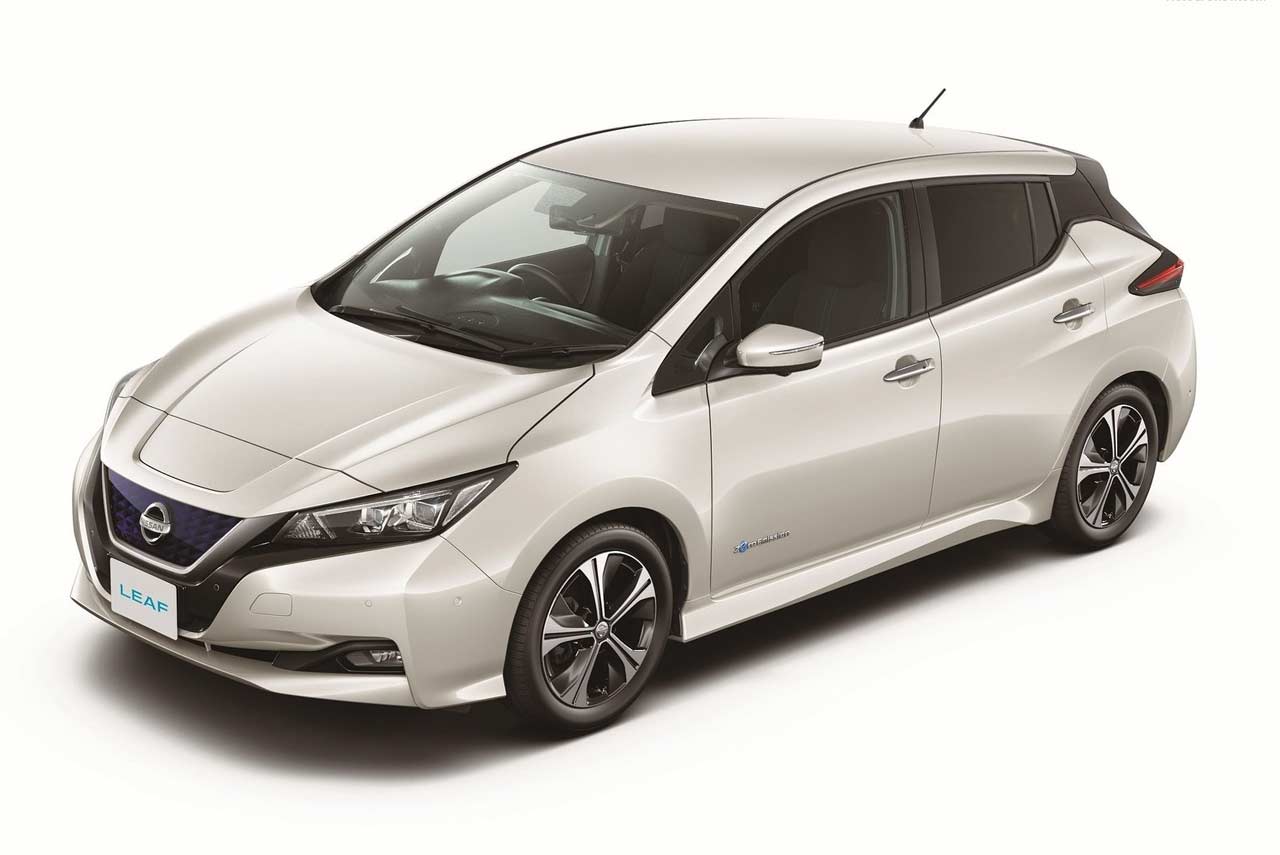
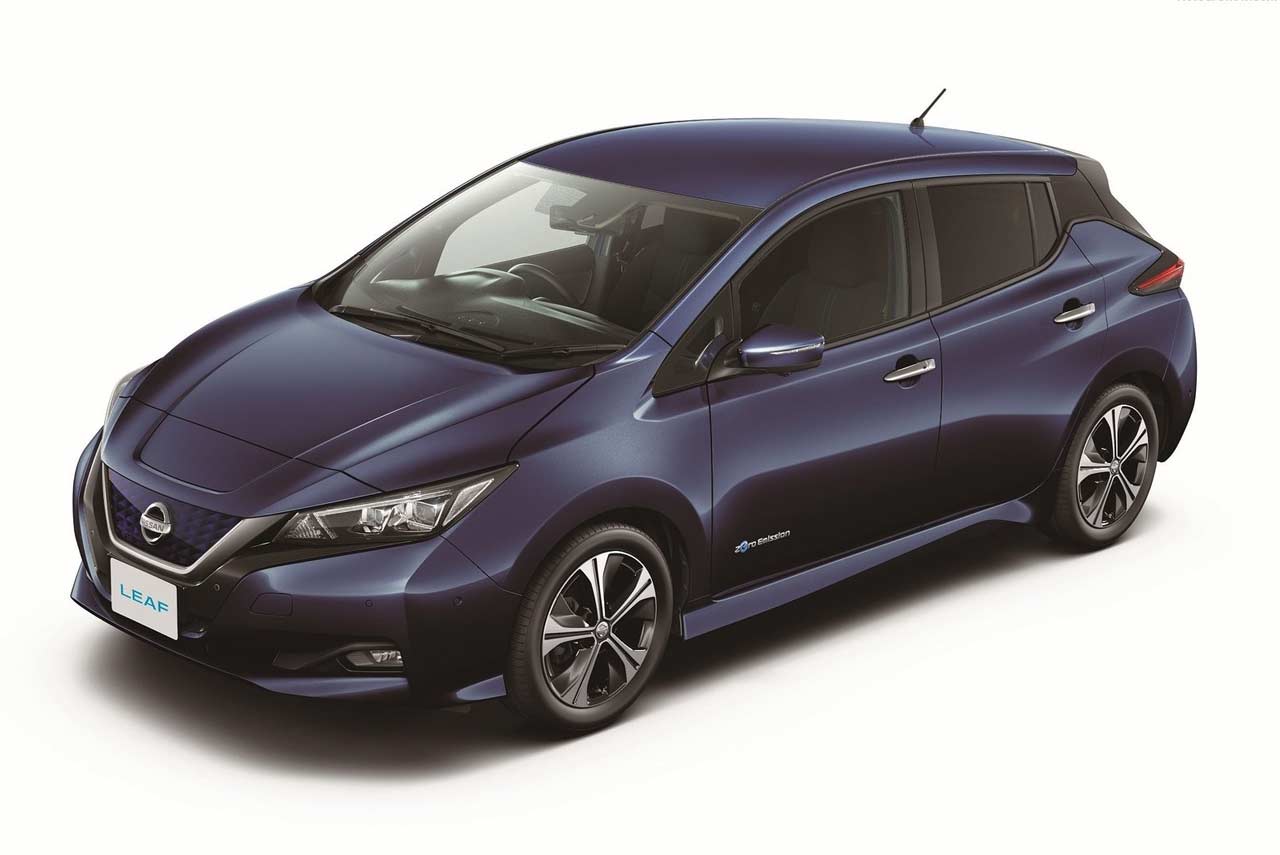
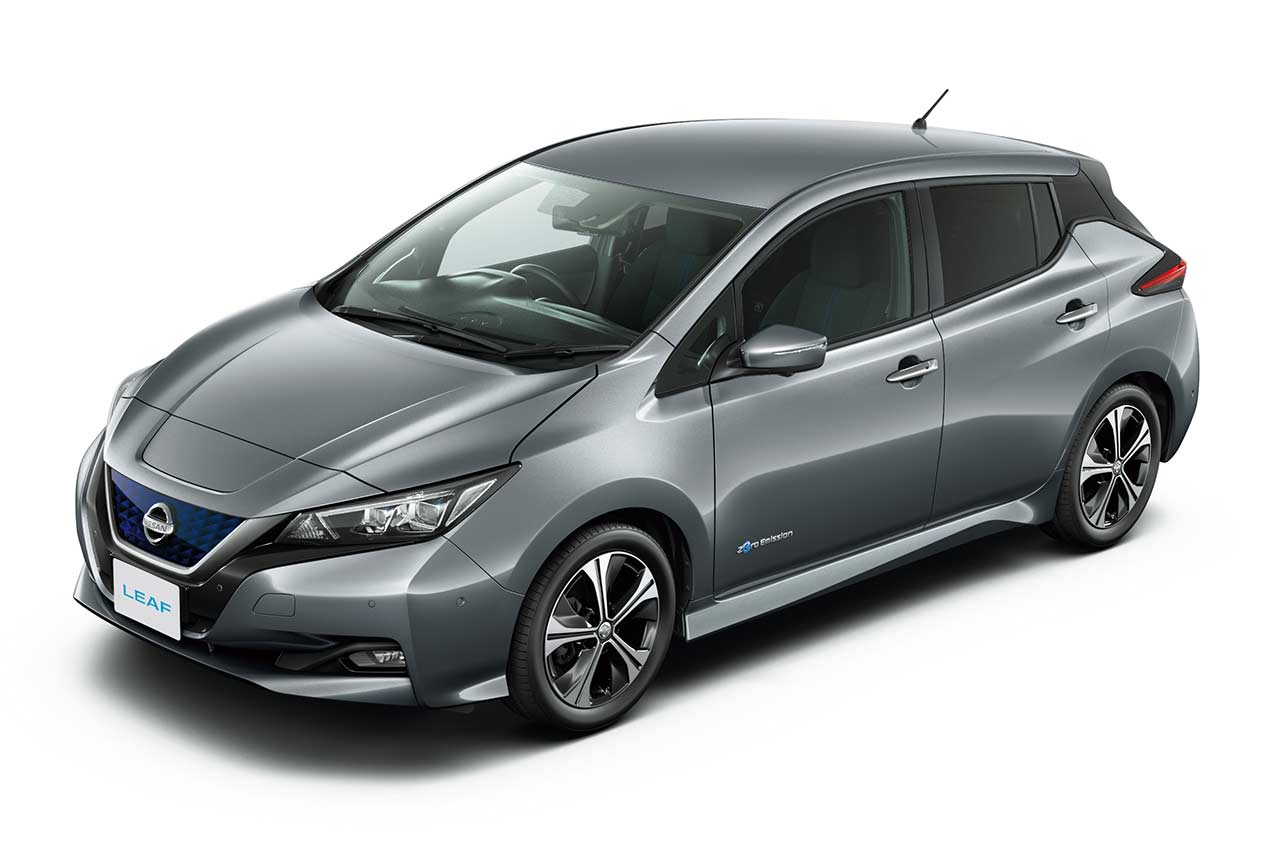
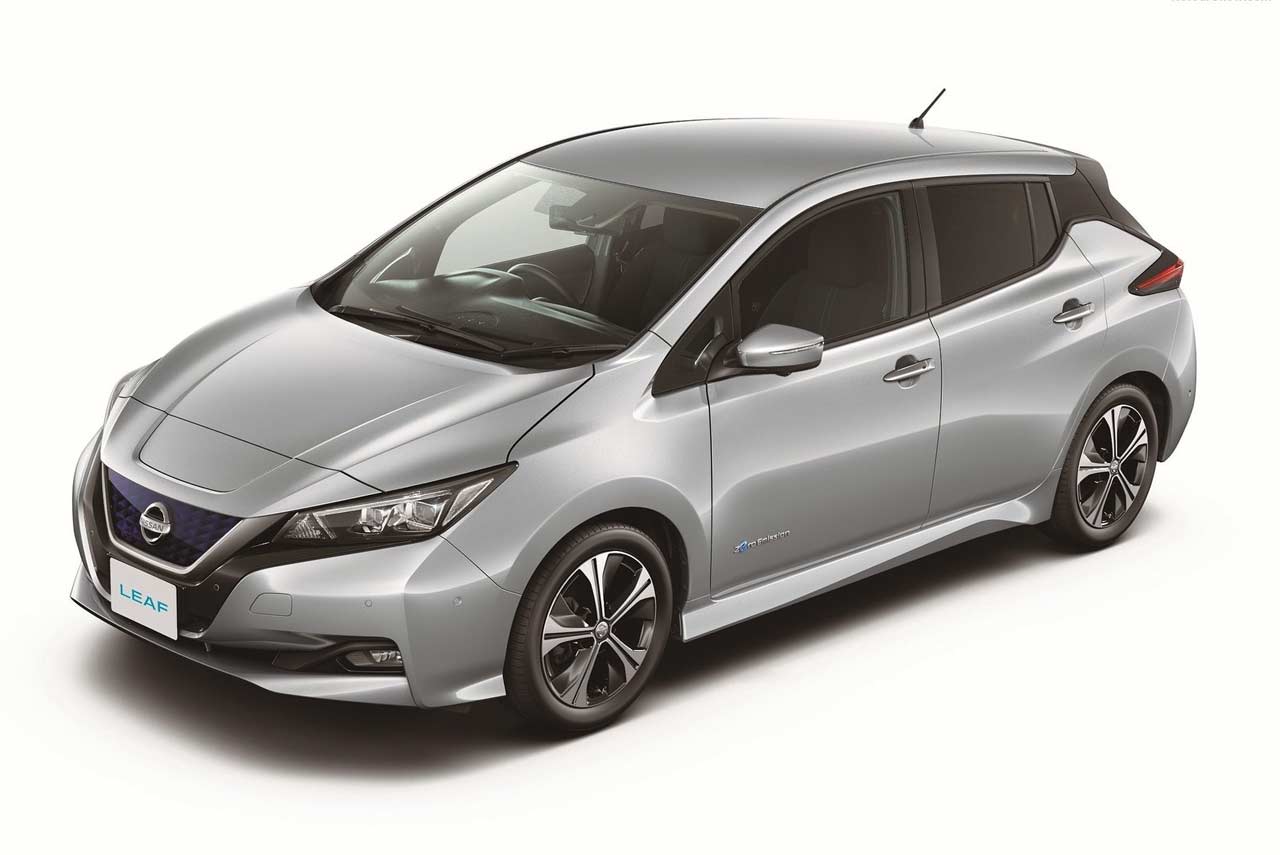

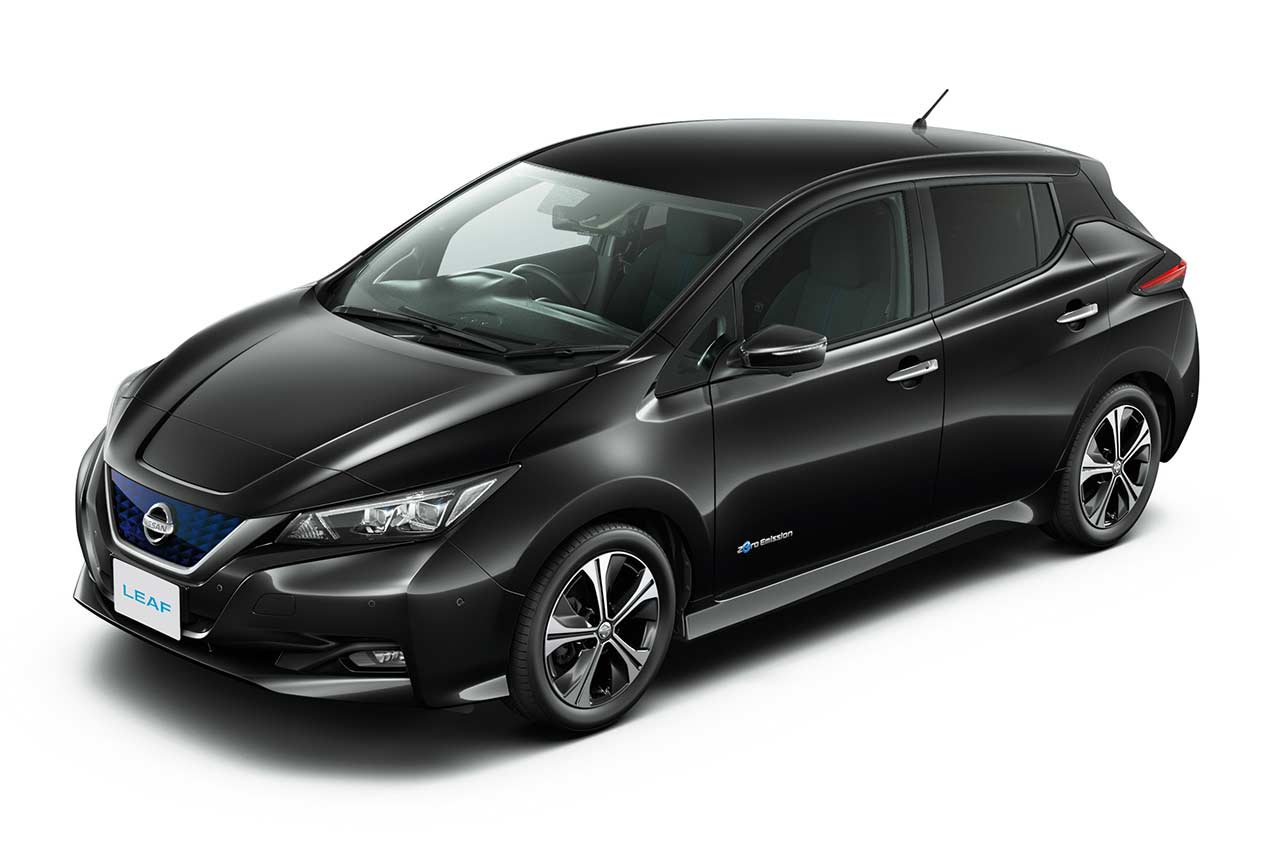

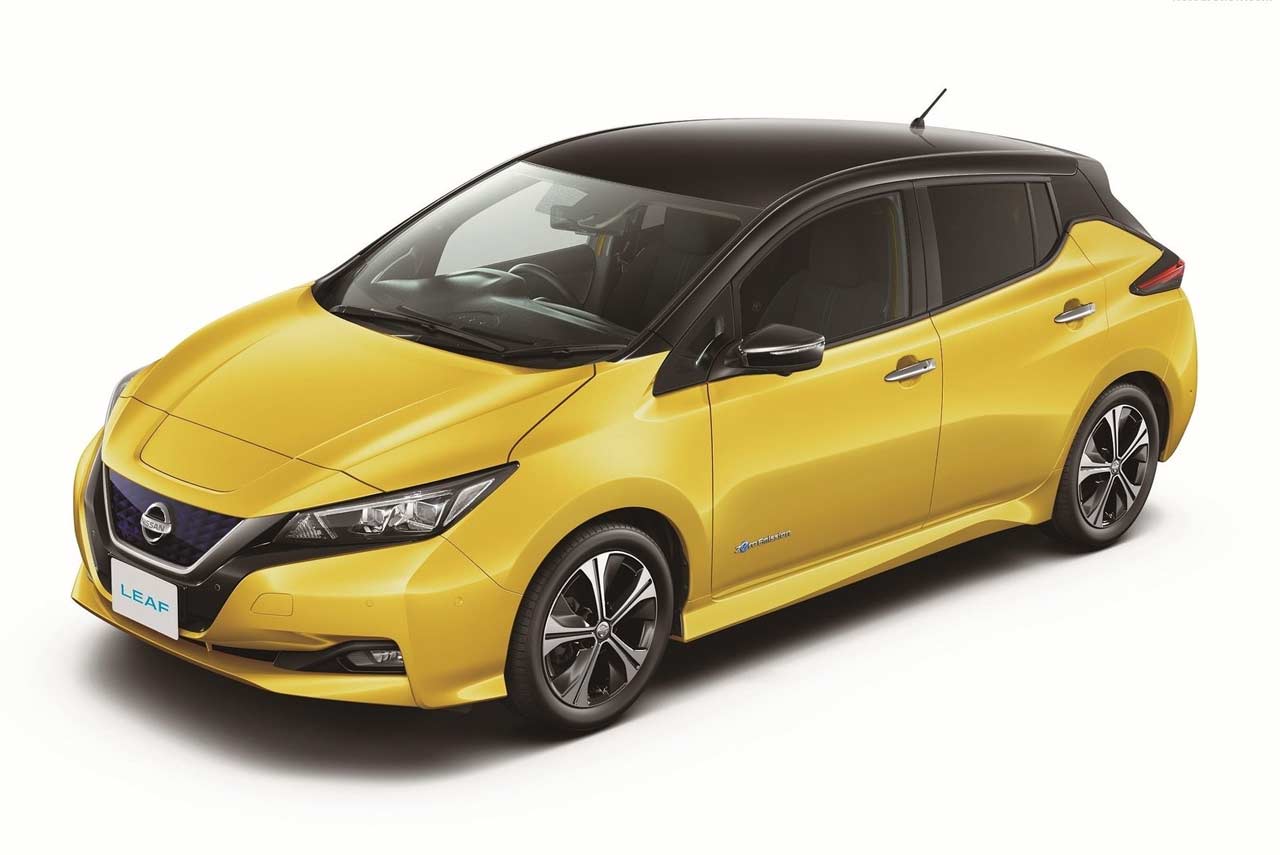
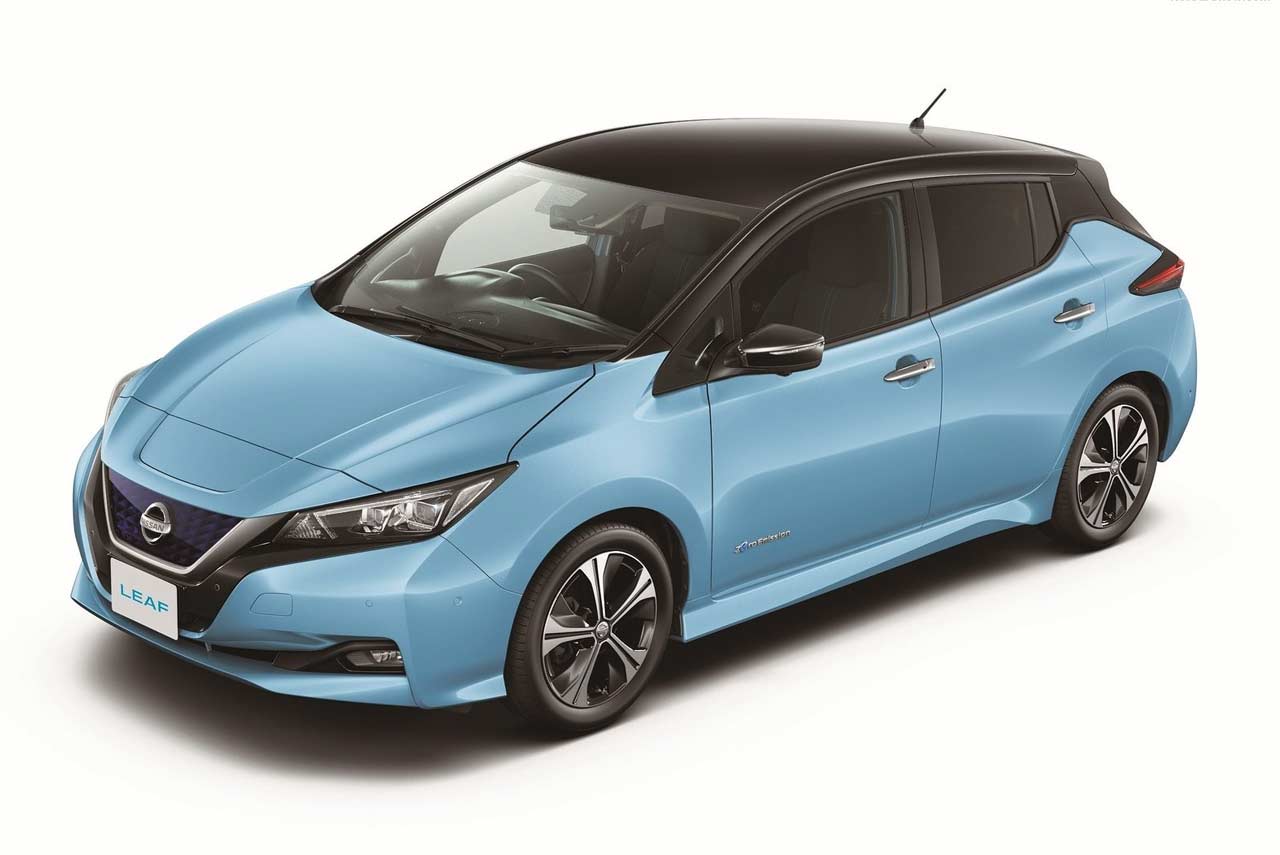
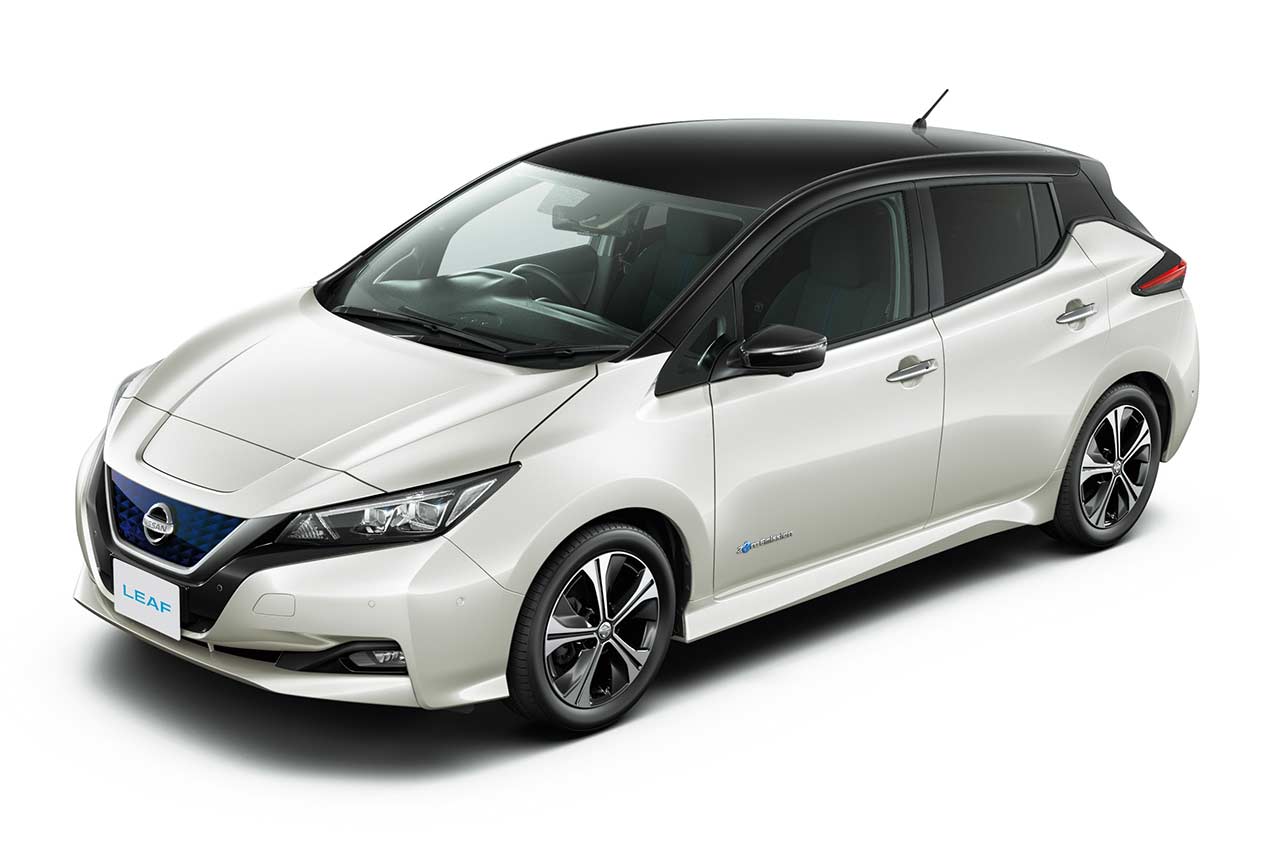

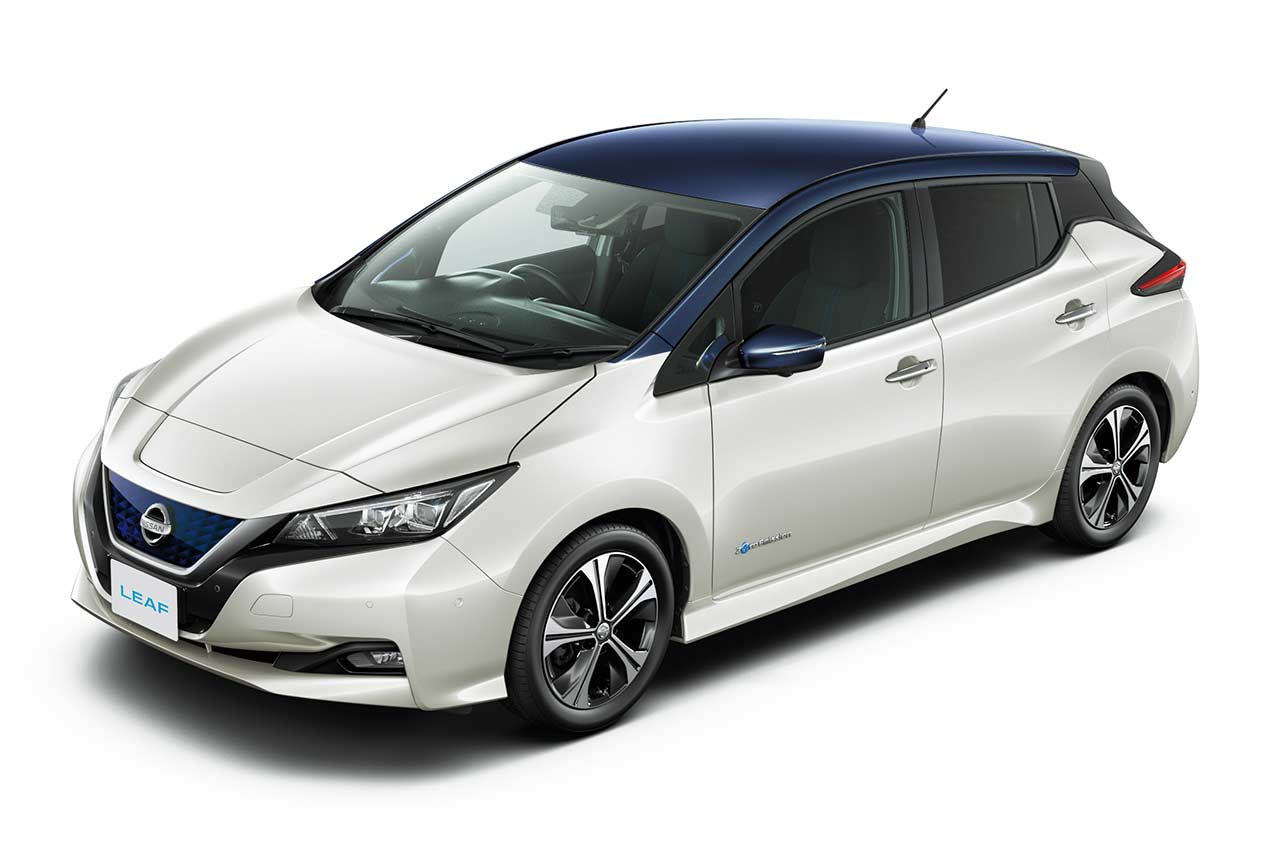
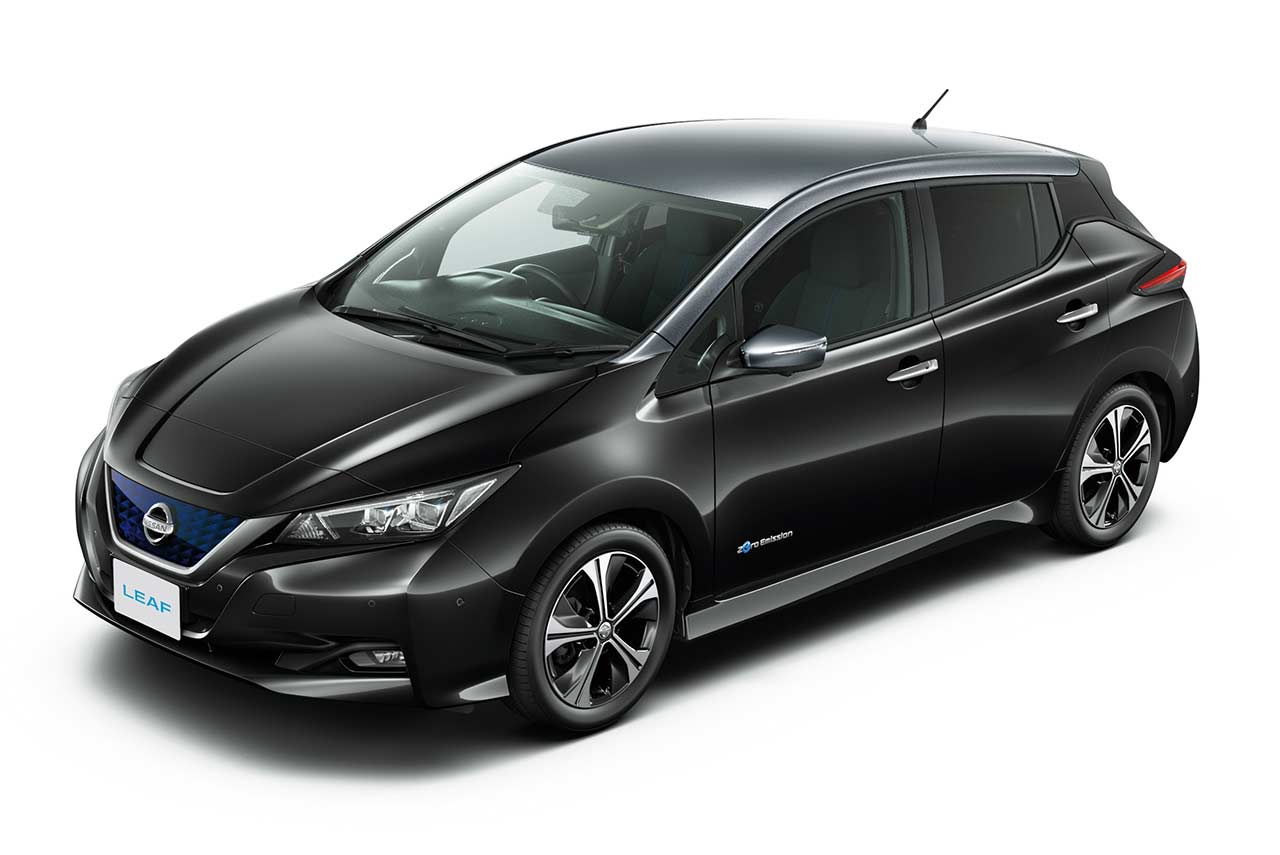
2018 Nissan LEAF specifications (Japan-spec):
Exterior:
Length: 4480 mm
Width: 1790 mm
Height: 1540 mm
Wheelbase: 2700 mm
Track width front: 1530-1540 mm
Track width rear: 1545-1555 mm
Minimum ground clearance: 150 mm
Coefficient of drag: 0.28 Cd
Tires: 205/55R16 or 215/50R17
Cargo area: 435 L (VDA)
Weight:
Curb weight: 1490-1520 kg
Gross vehicle weight: 1765-1795 mm
Capacity: 5 passenger
Battery:
Type: Li-ion battery
Capacity: 40 kWh
Electric motor:
Name: EM57
Maximum output: 110 kW (150 PS) @ 3283-9795 rpm
Maximum torque: 320 Nm (32.6 kgf・m) @ 0-3283 rpm
Performance:
Cruising range: 400 km (JC08)
Charging time (normal charging): 16 hours (3 kW) /8 hours (6 kW)
Charging time from alert to 80% (quick charging): 40 minutes

